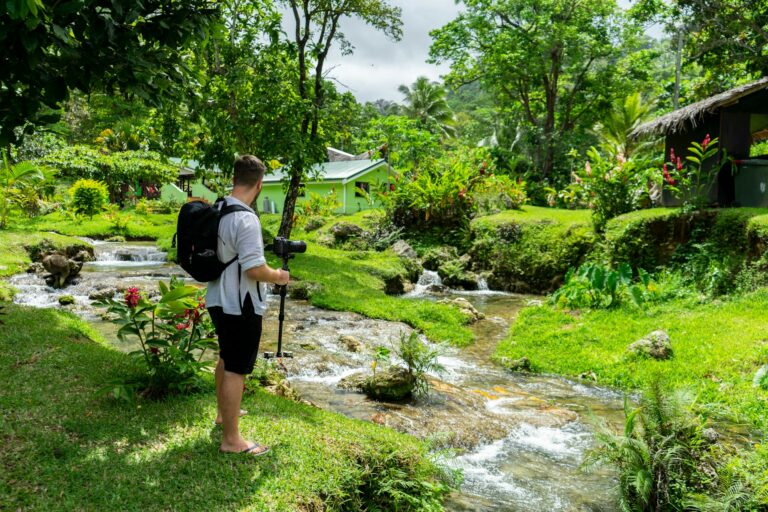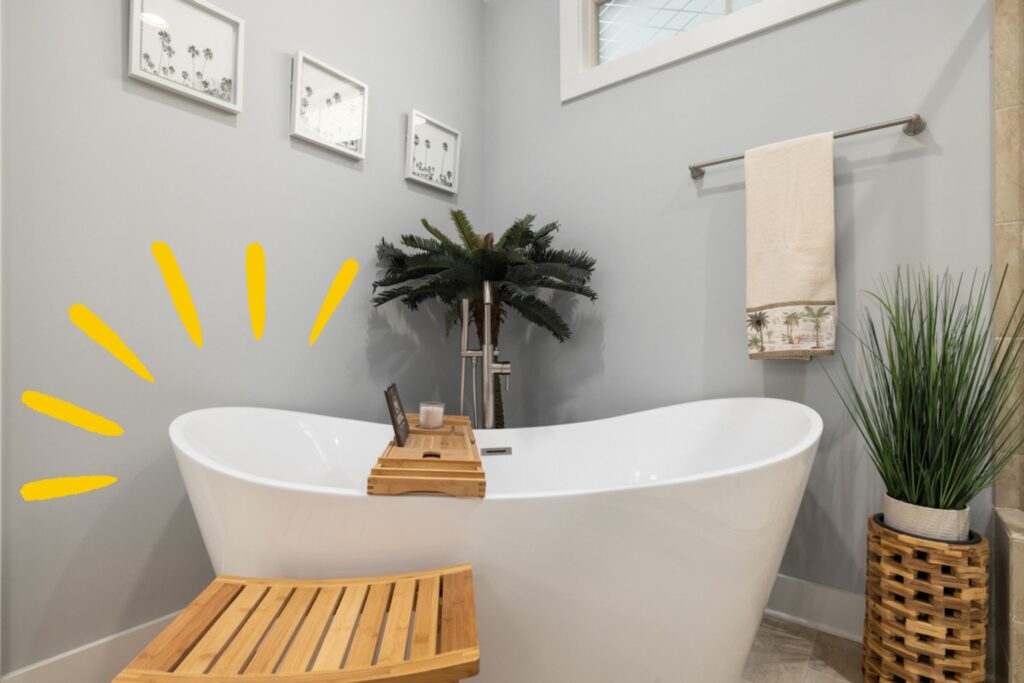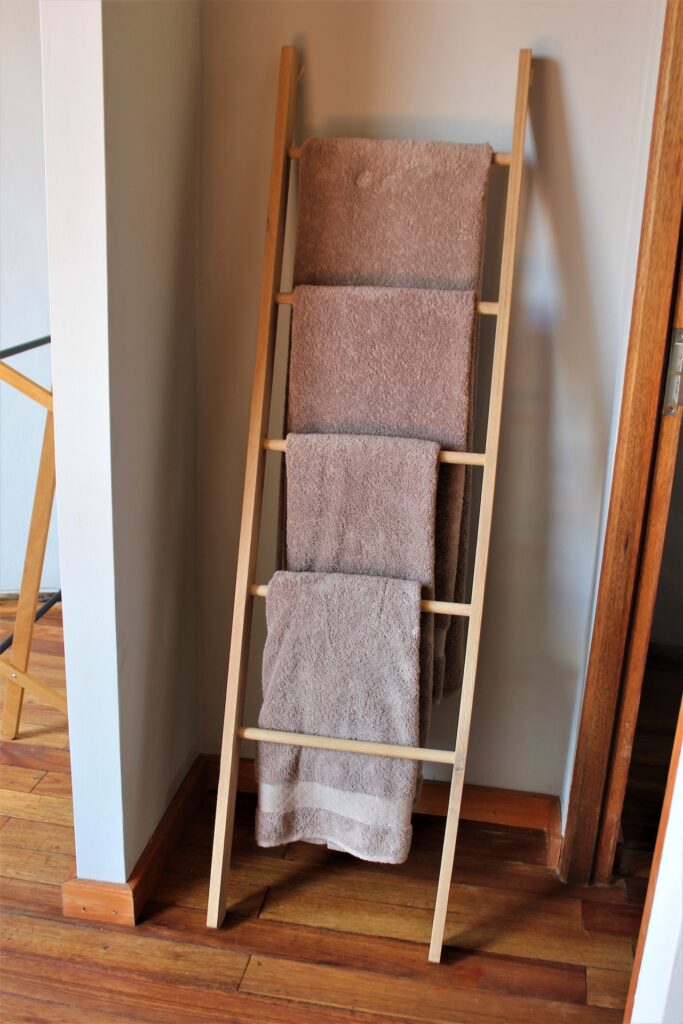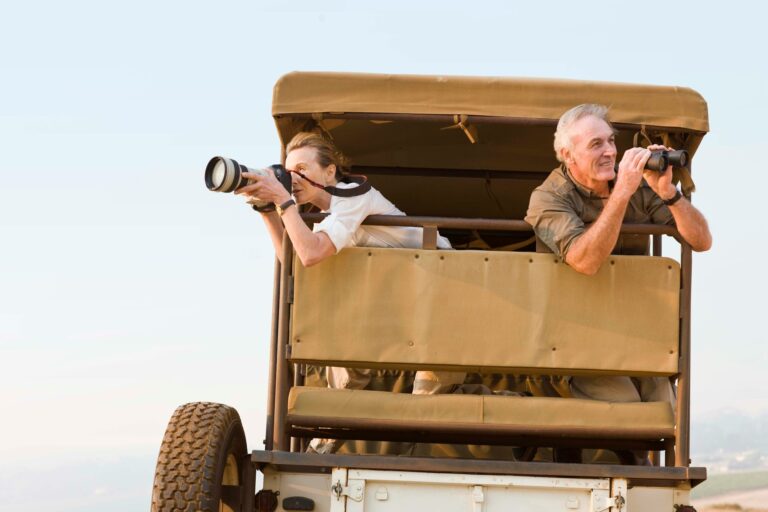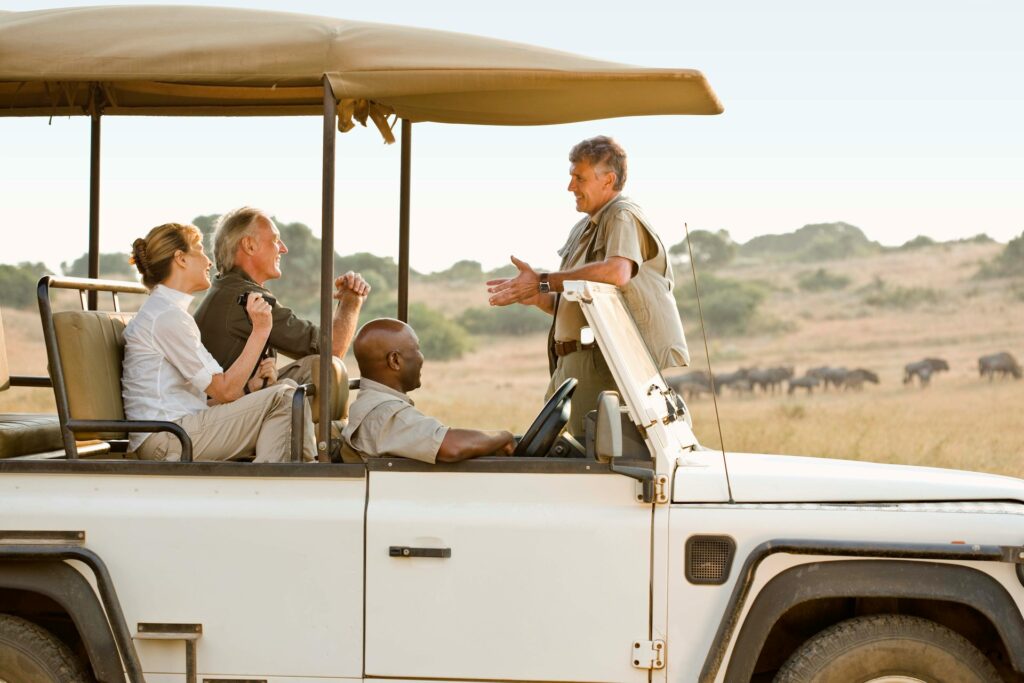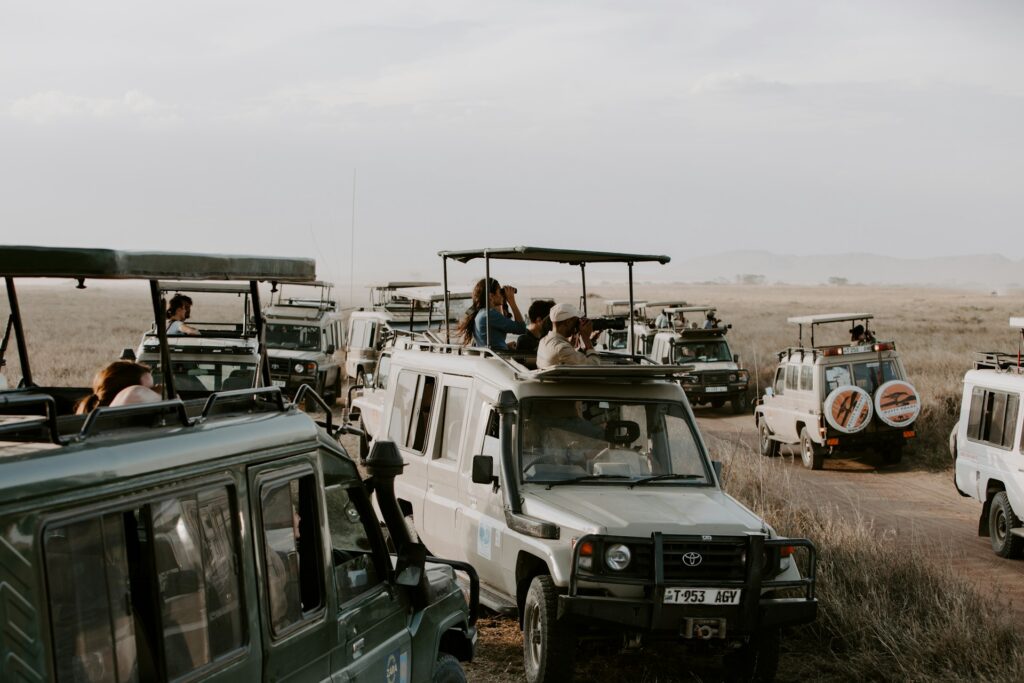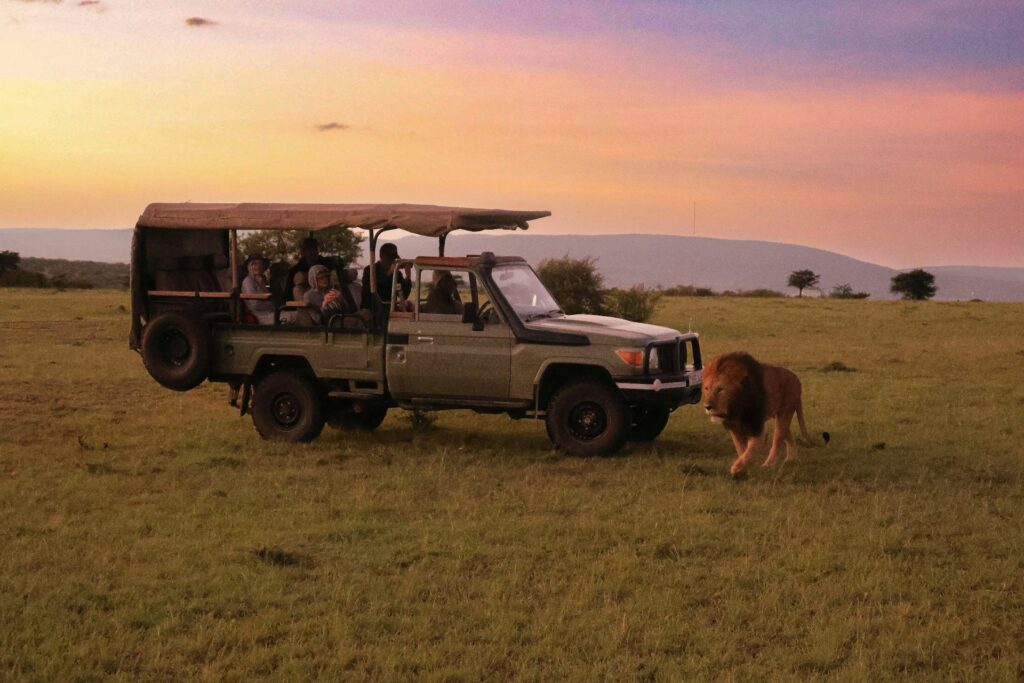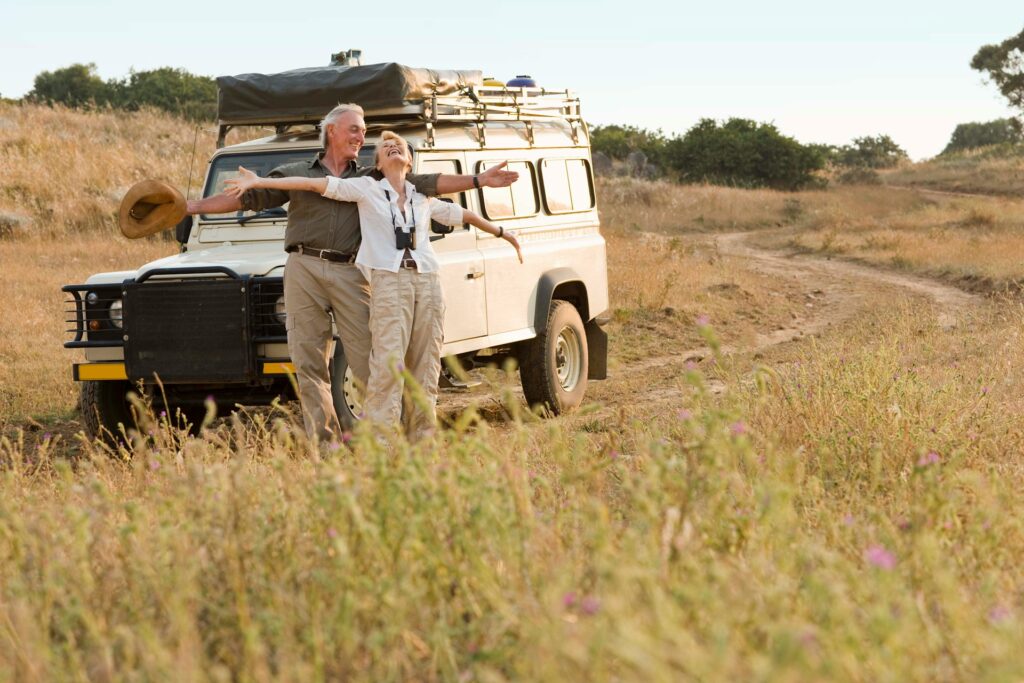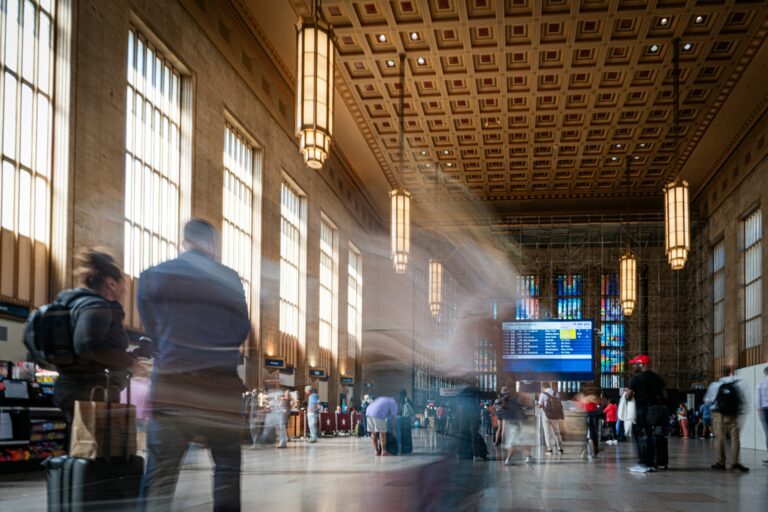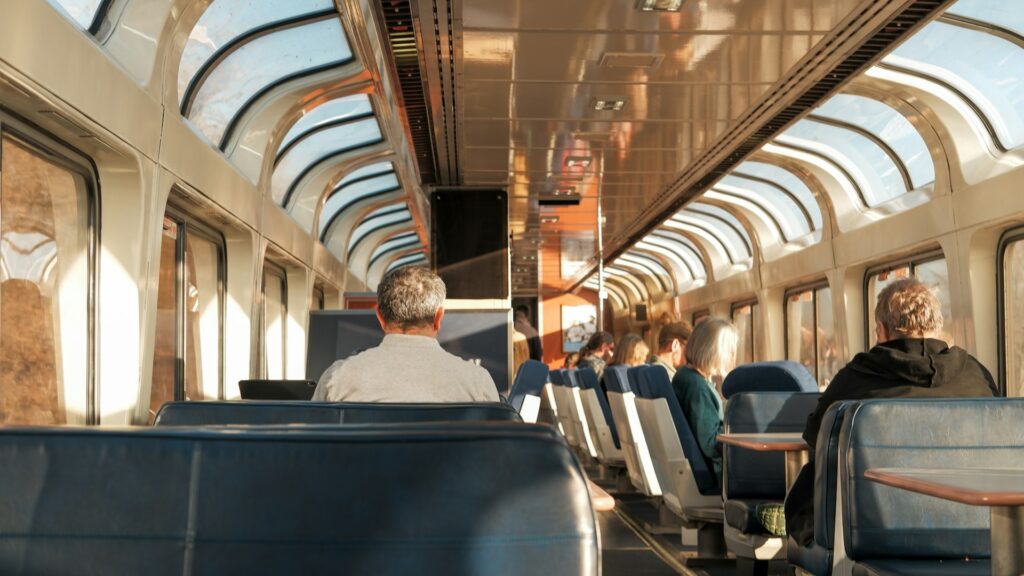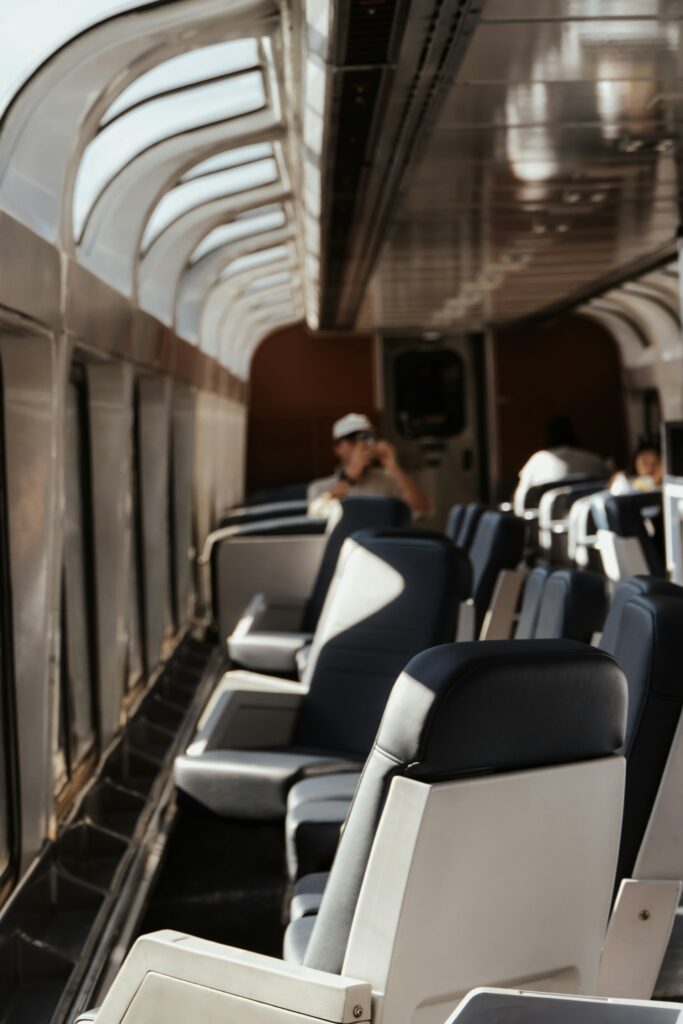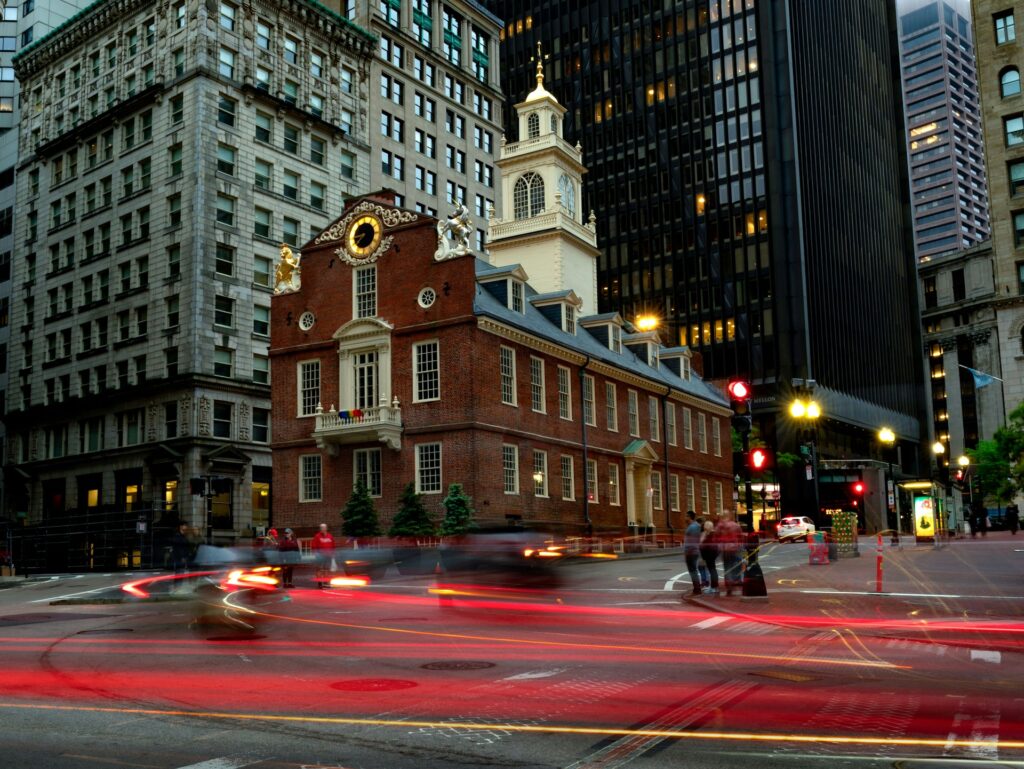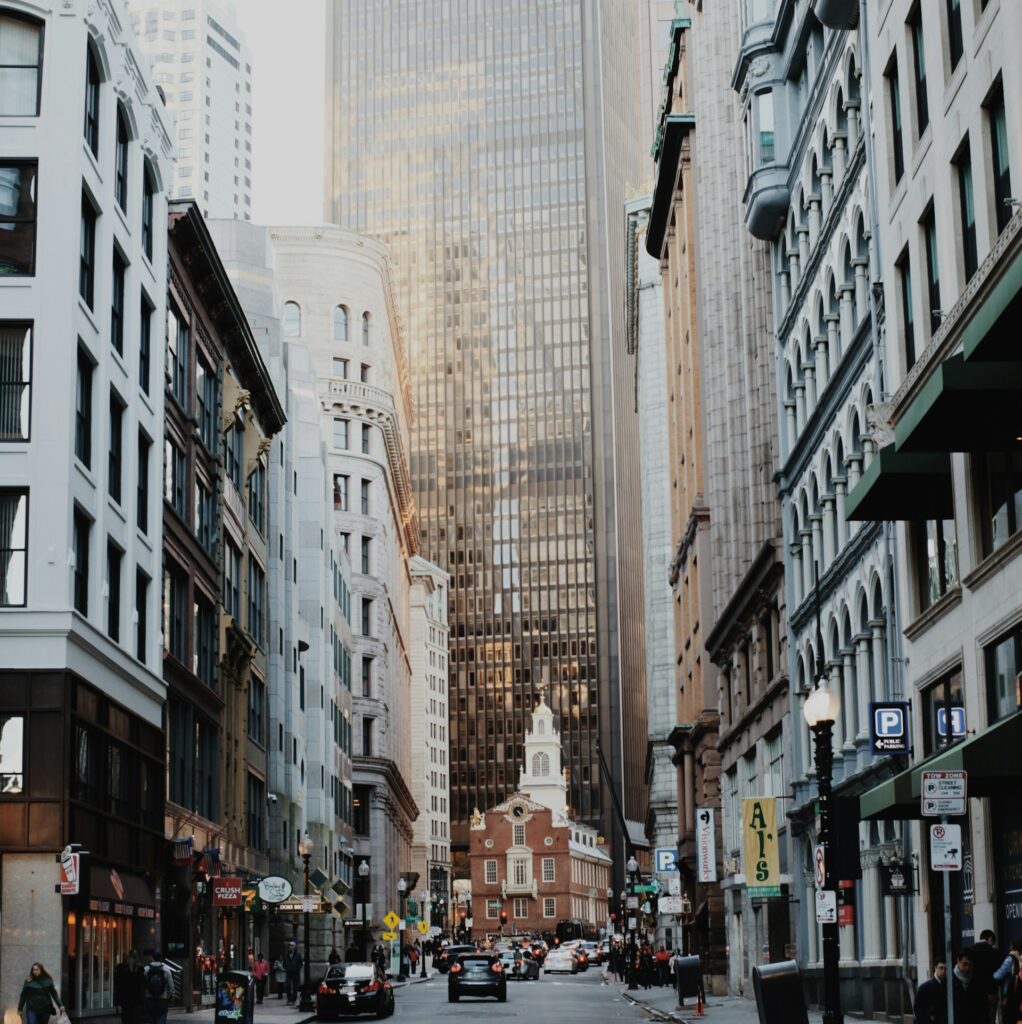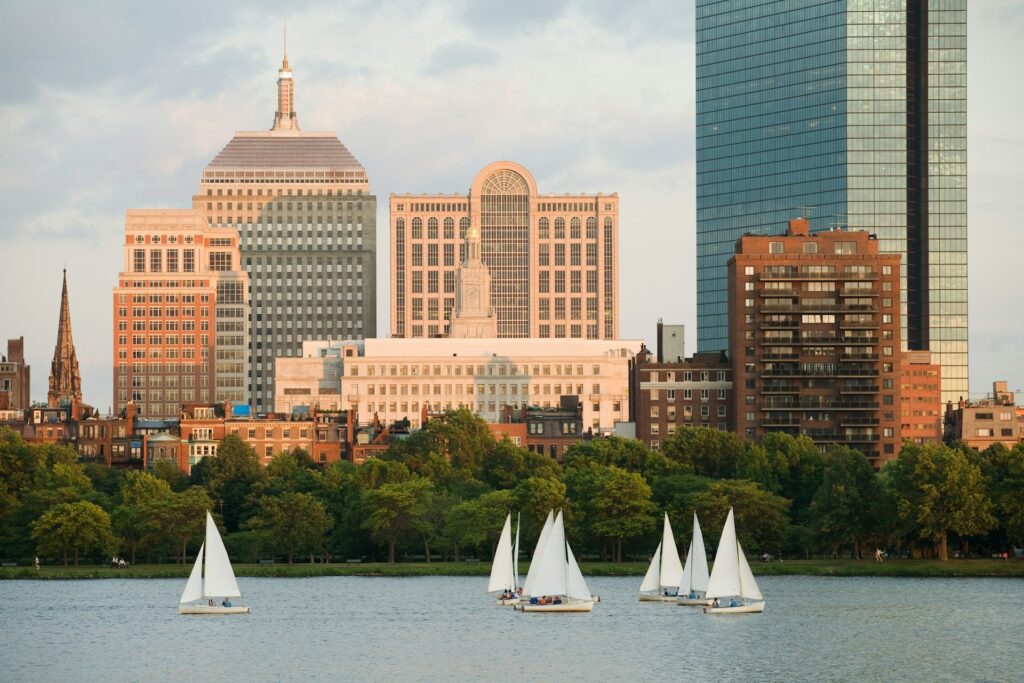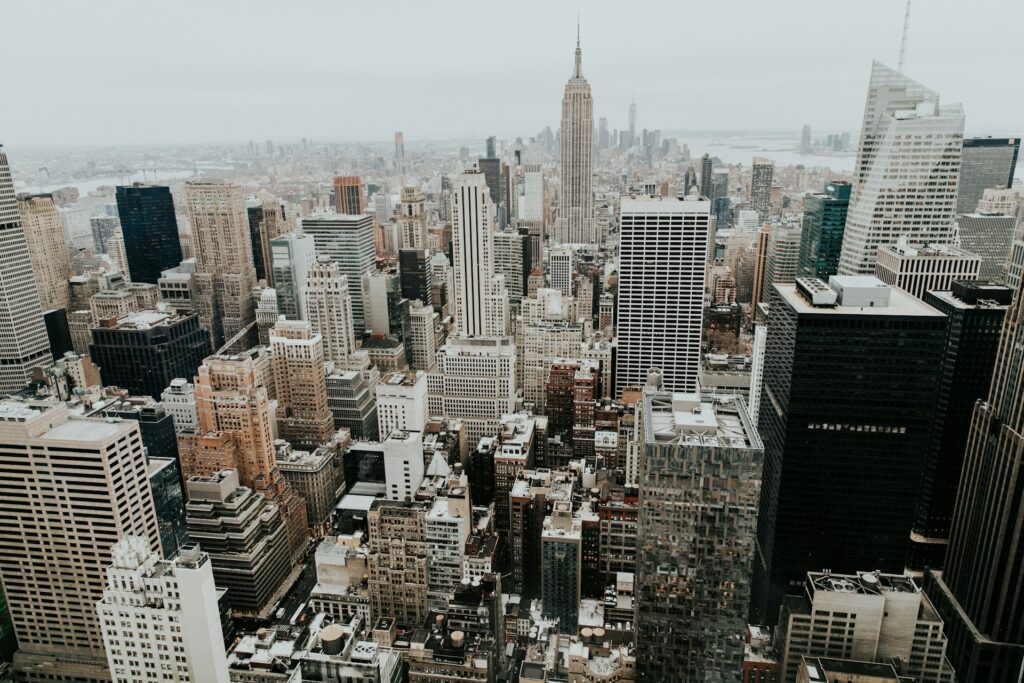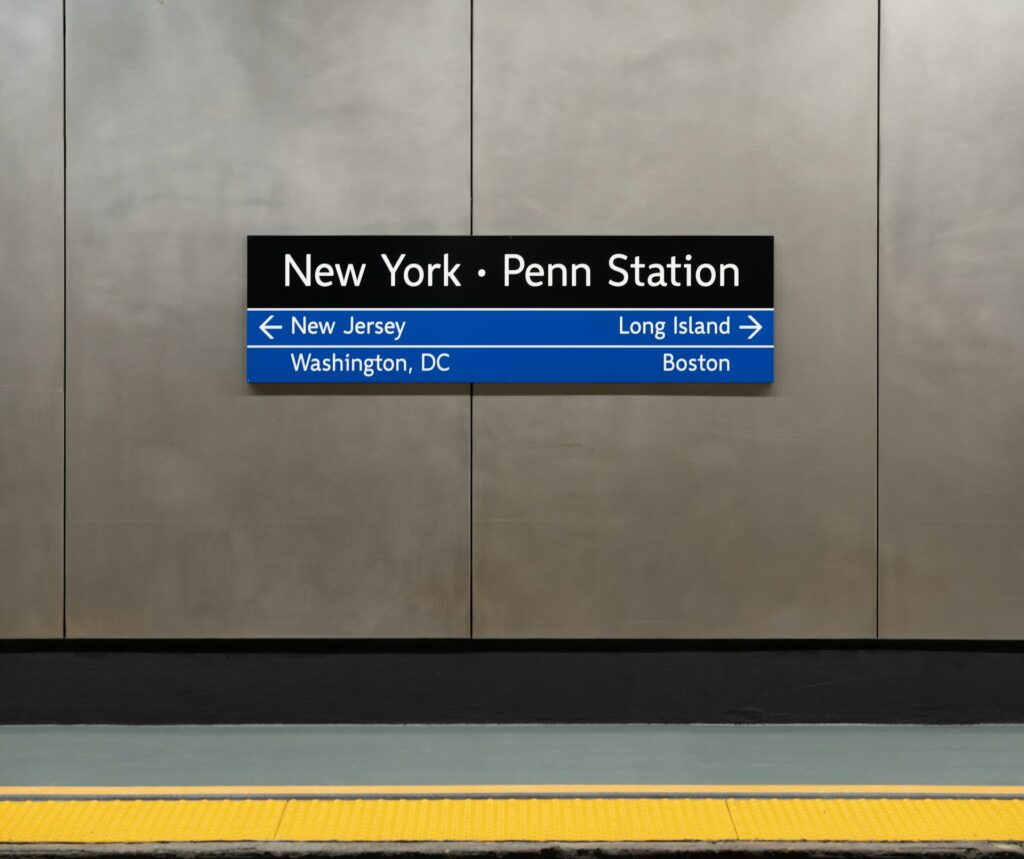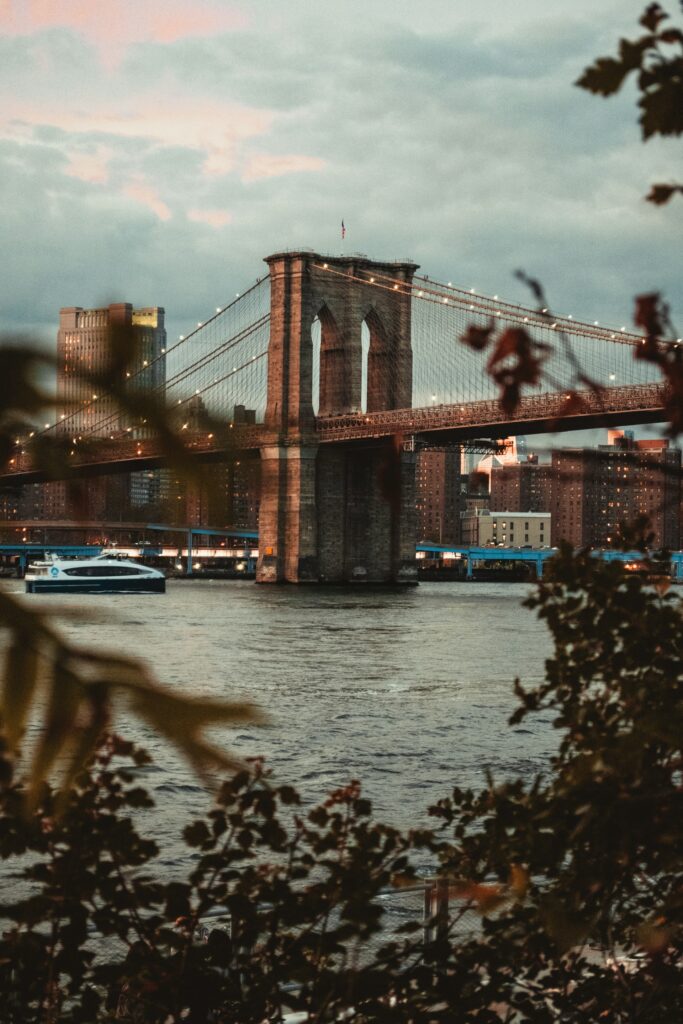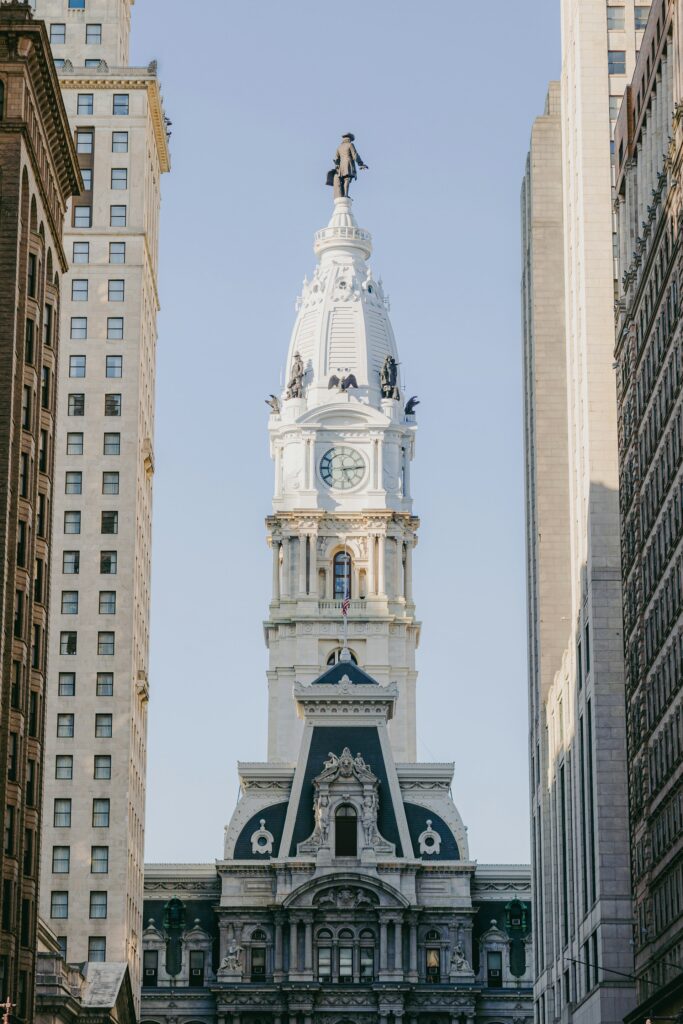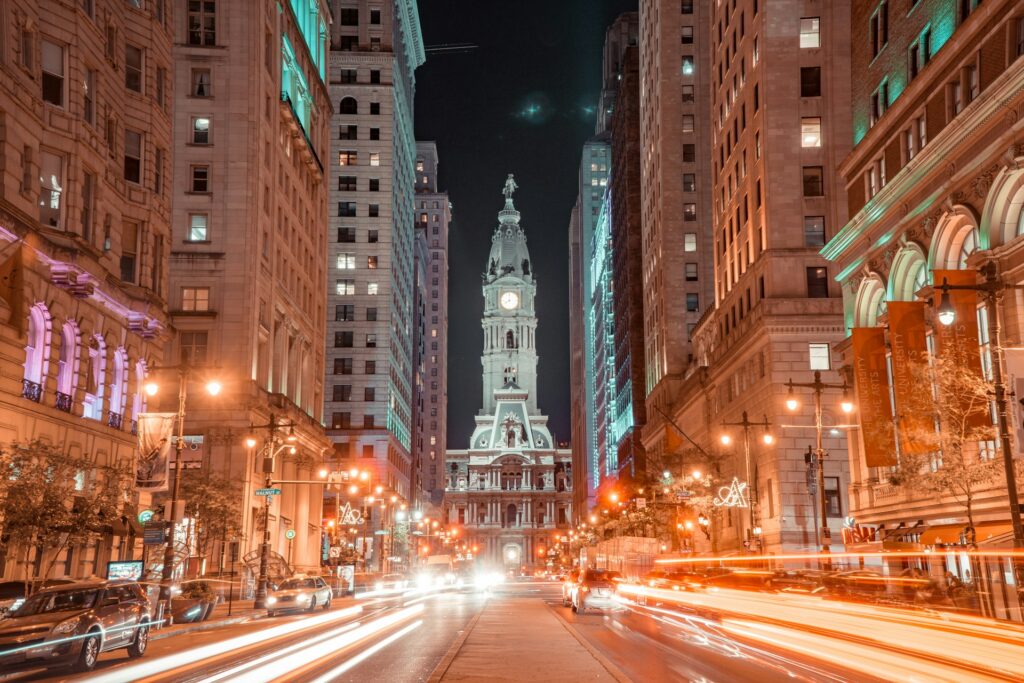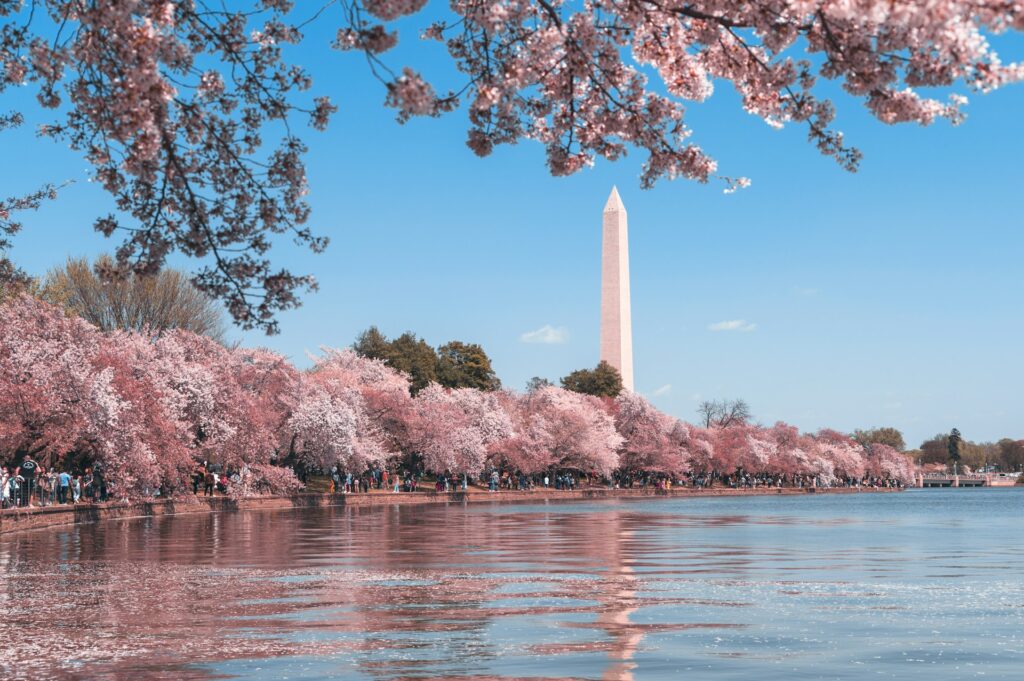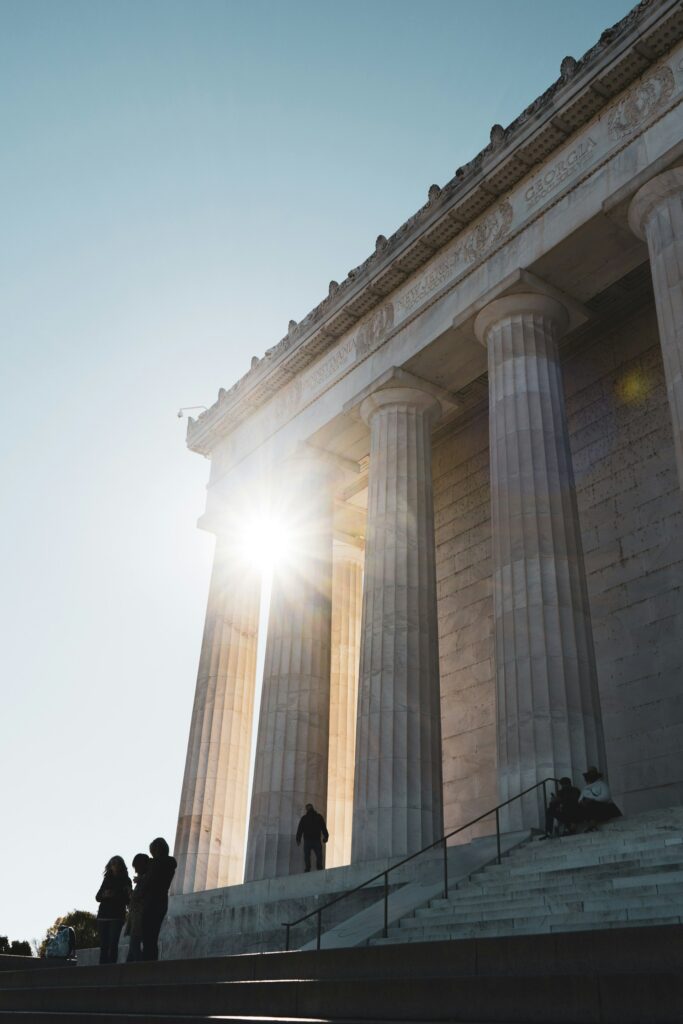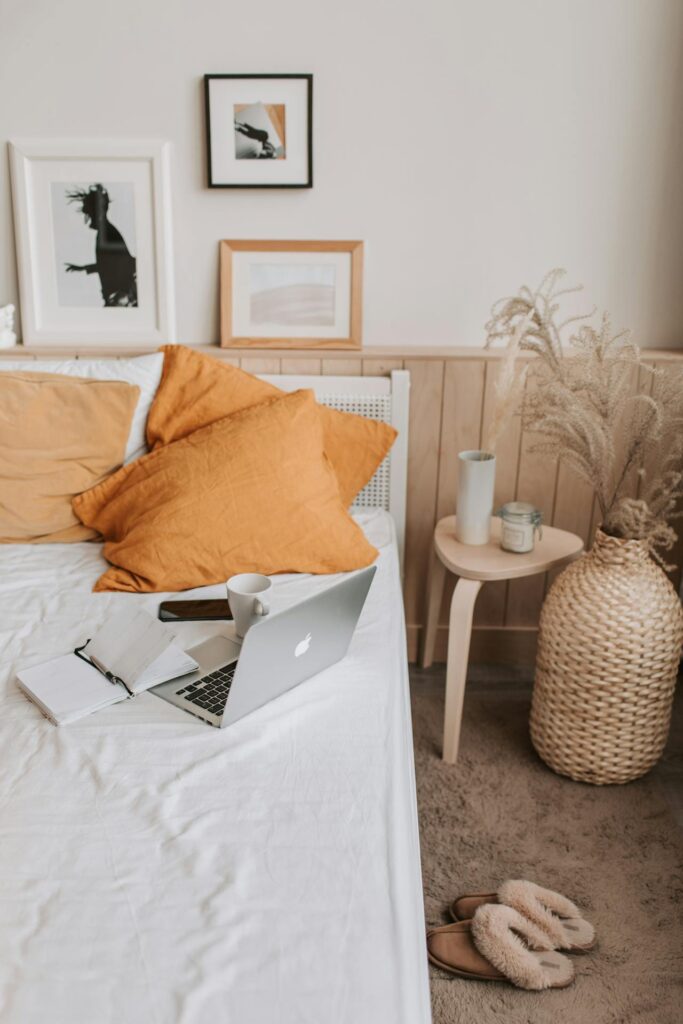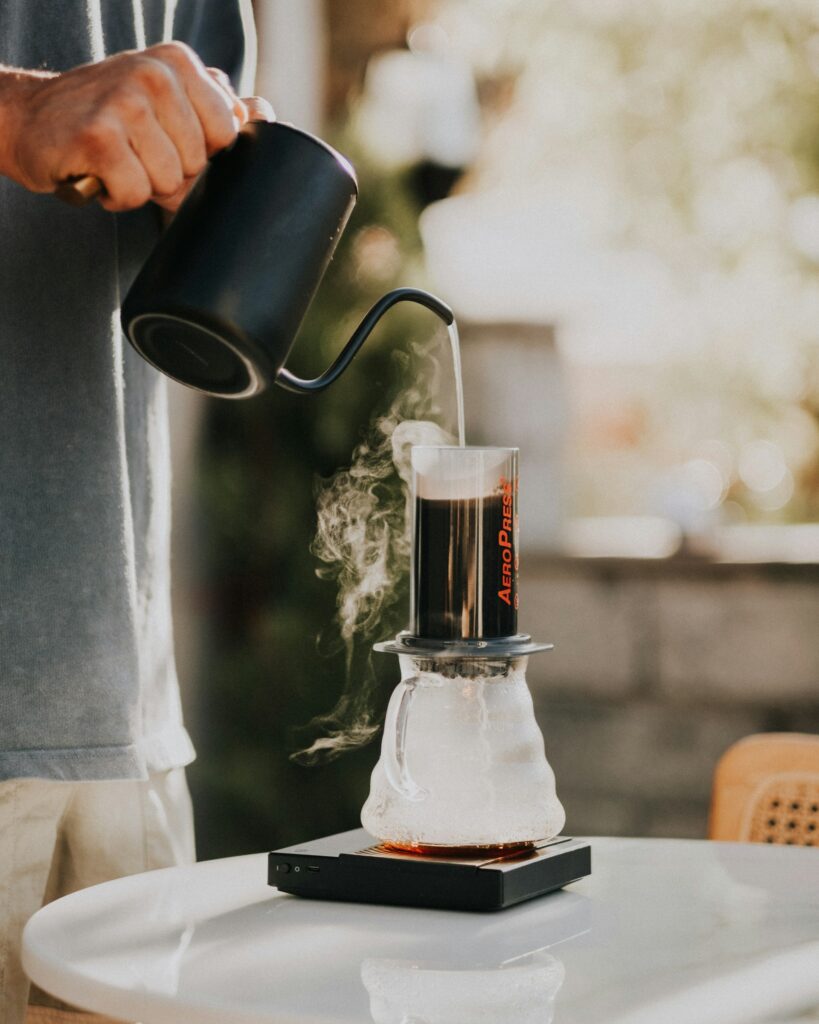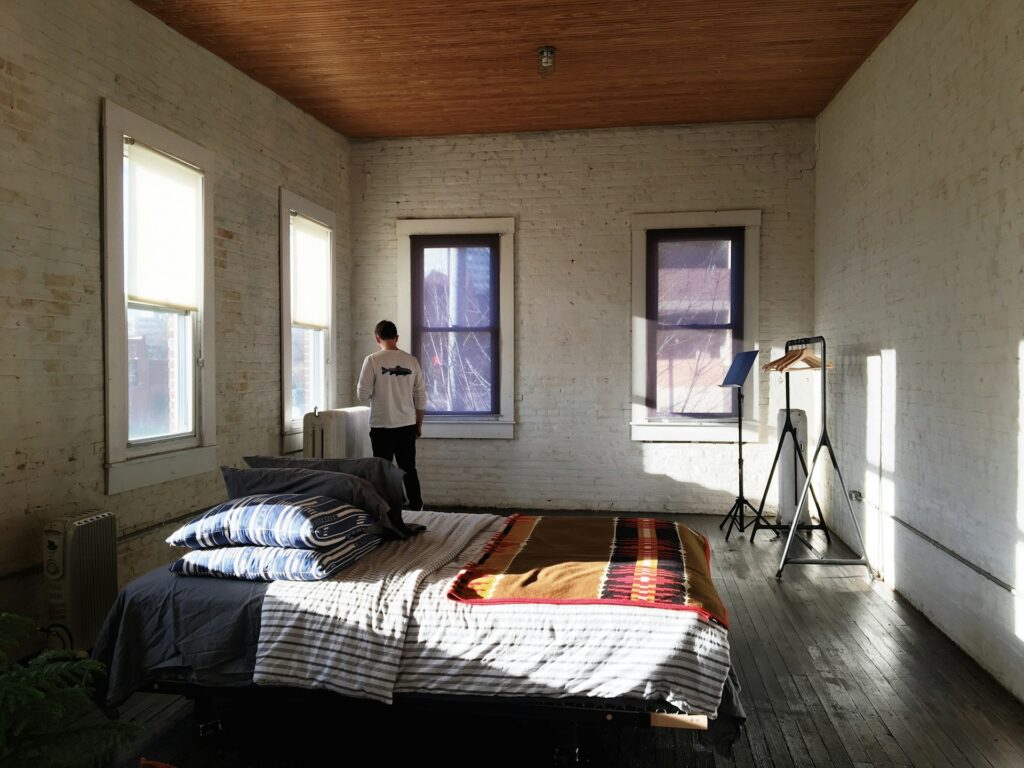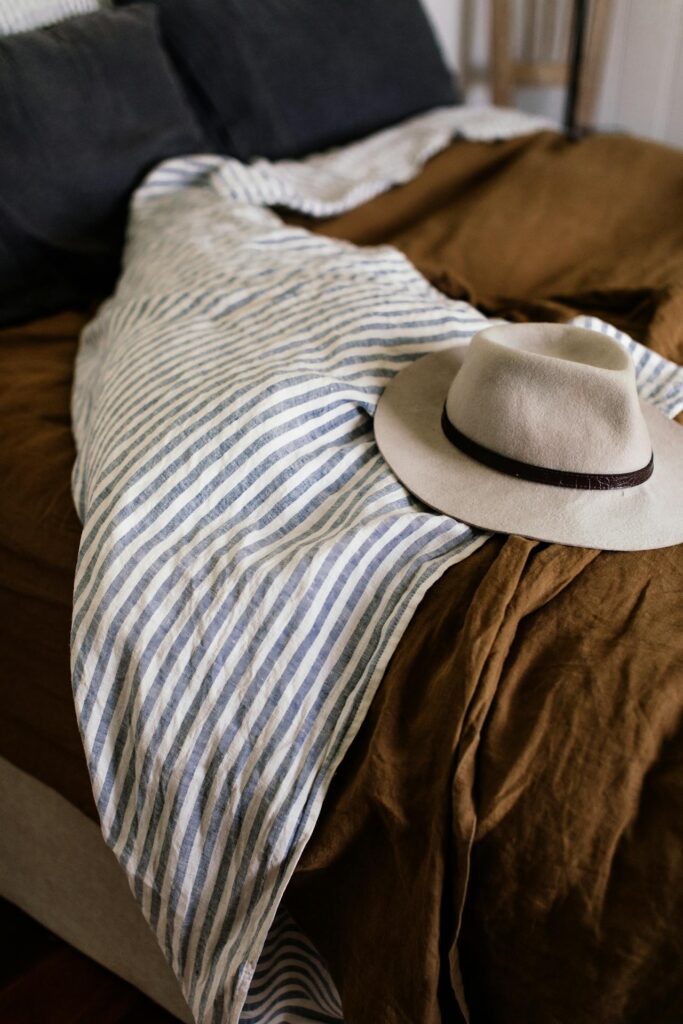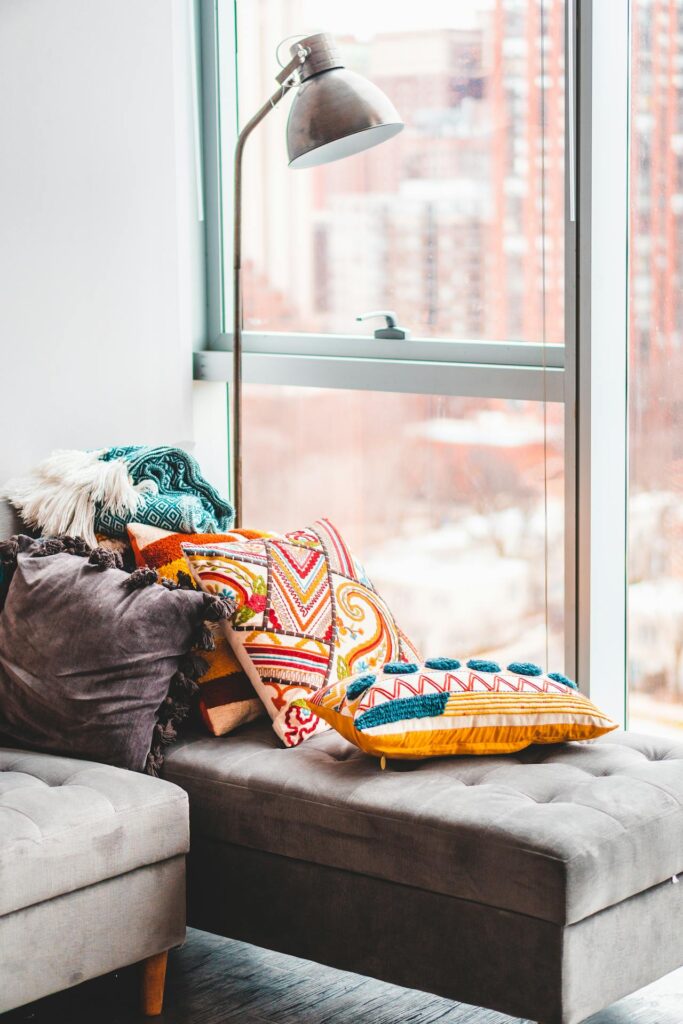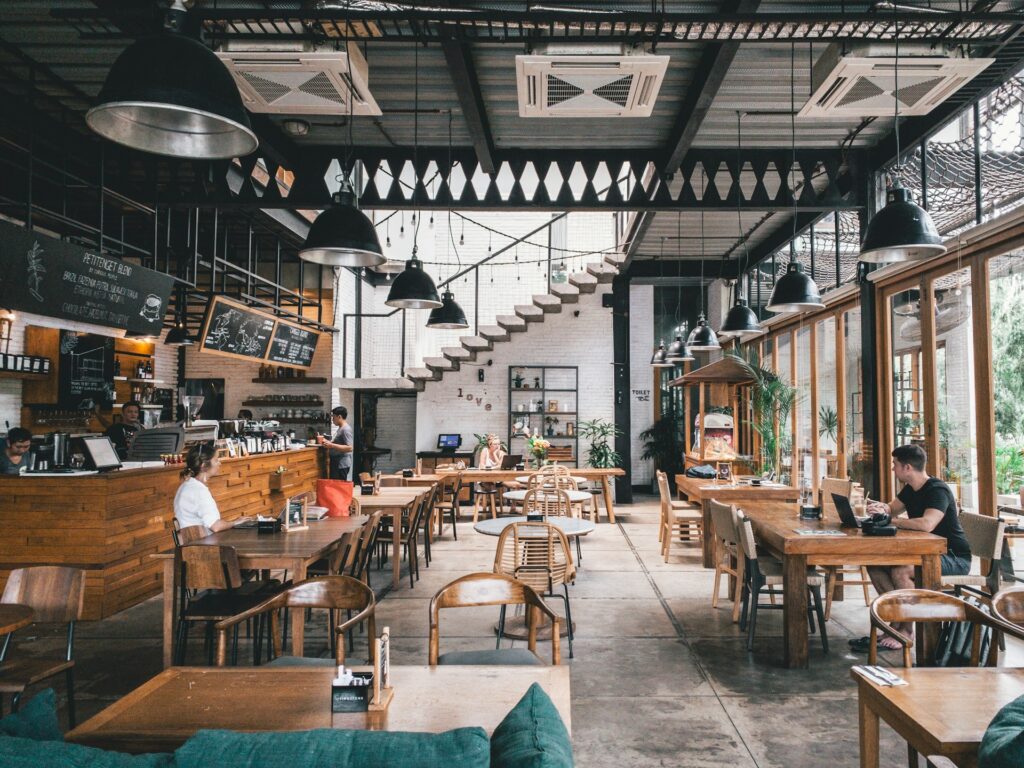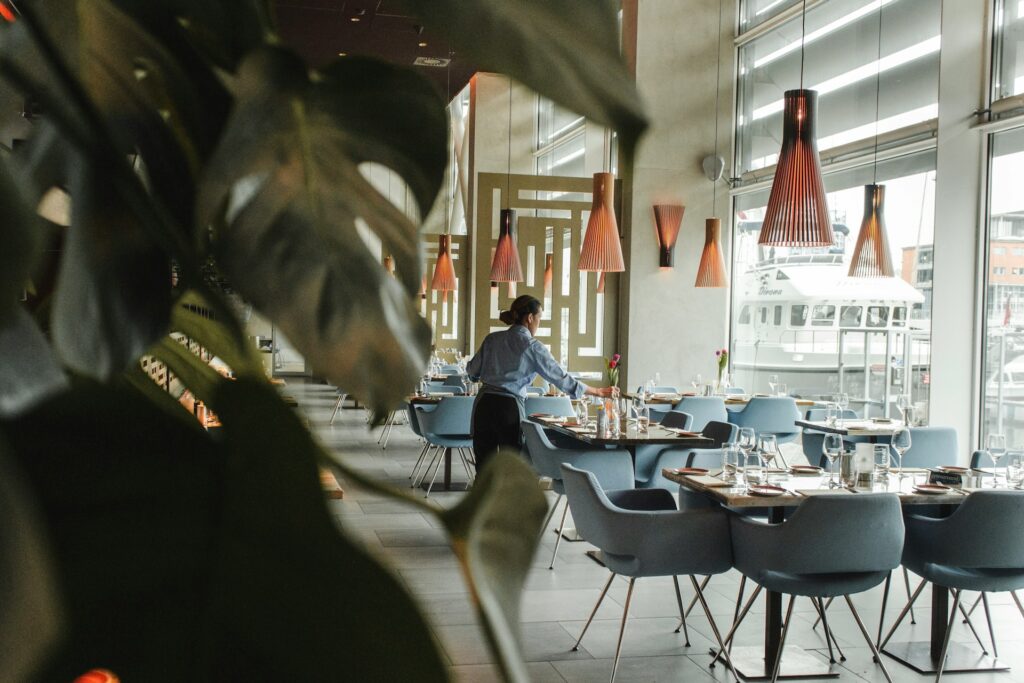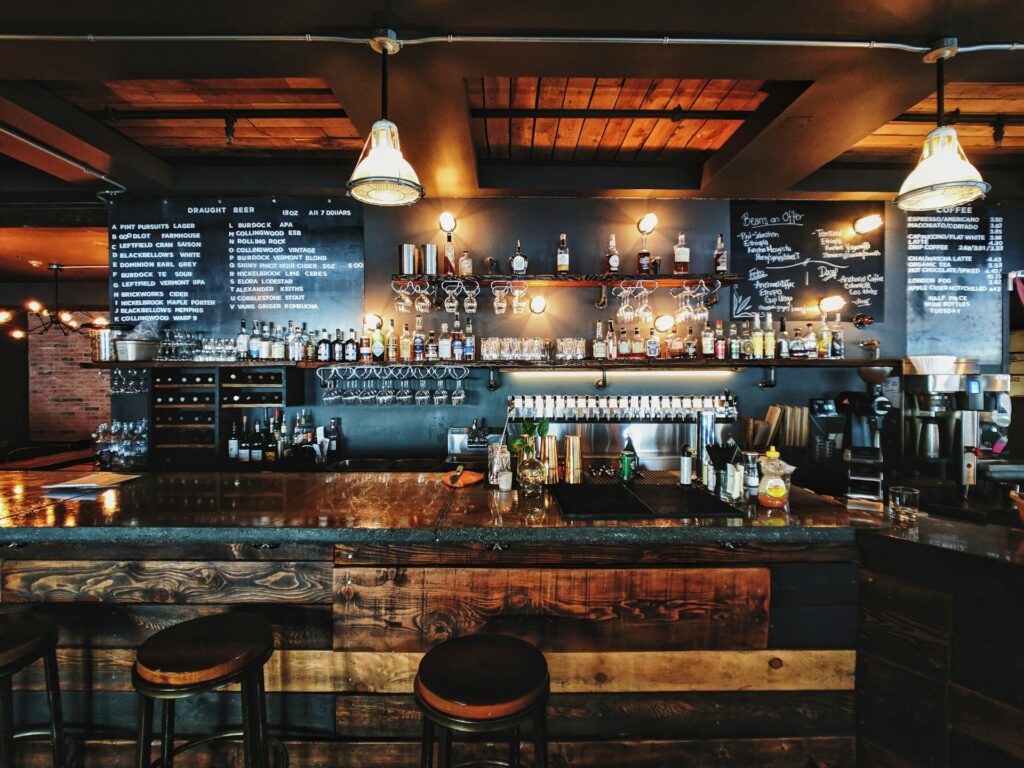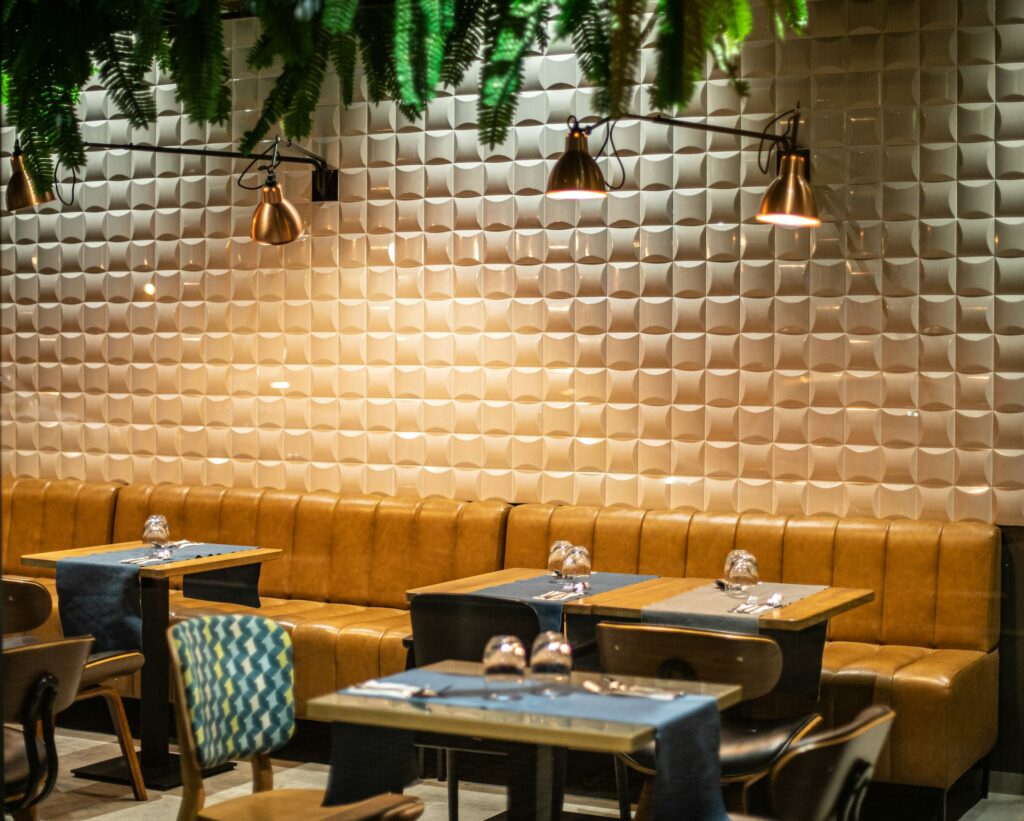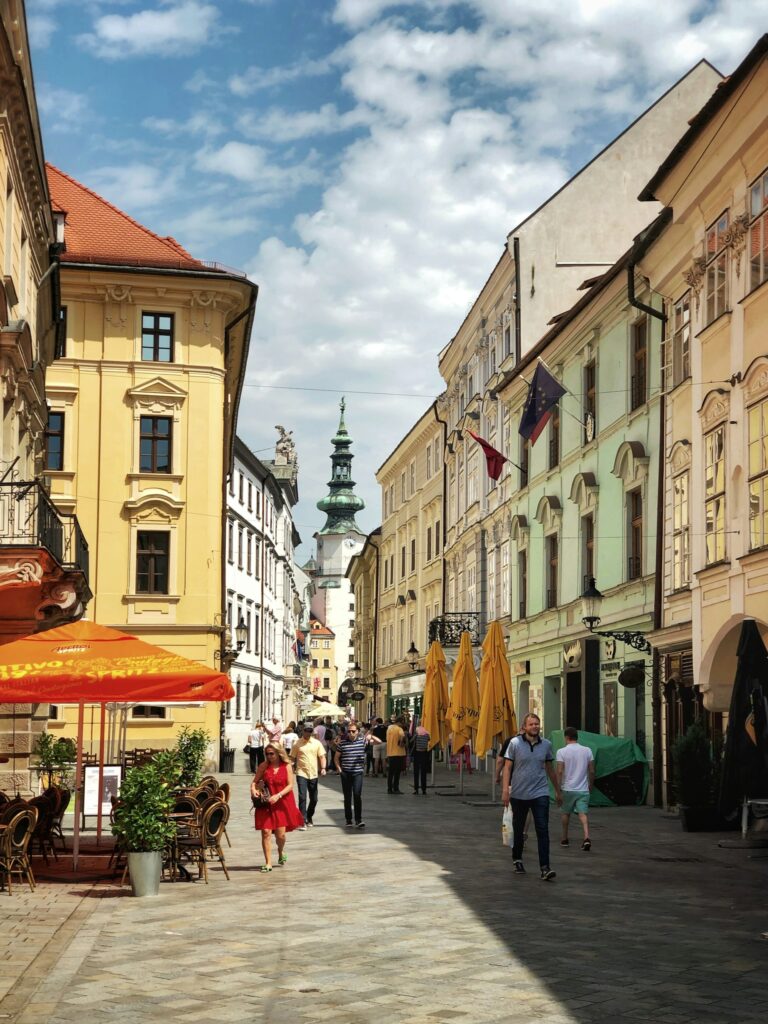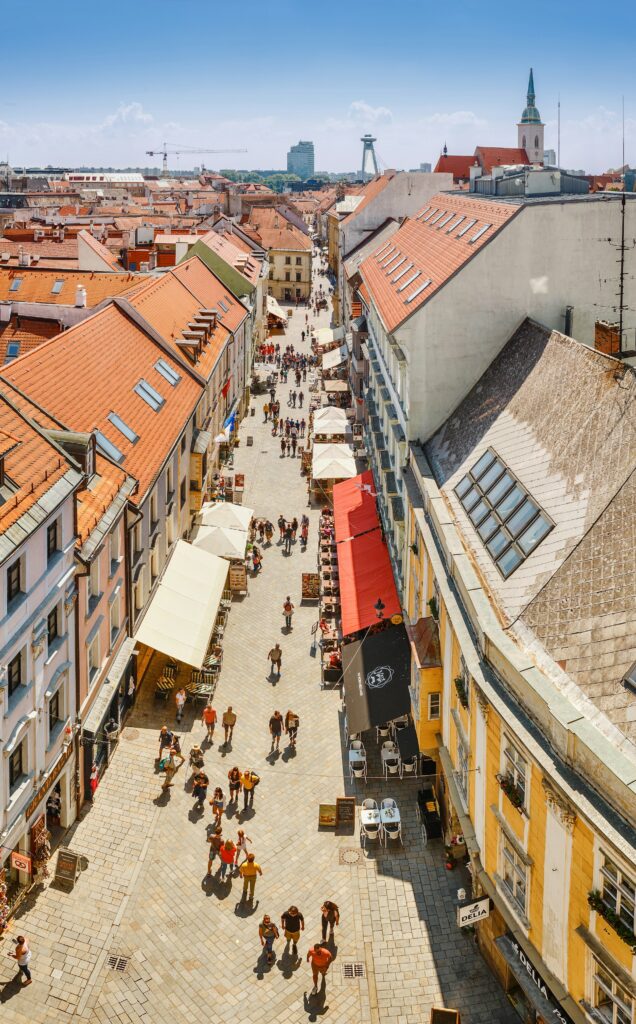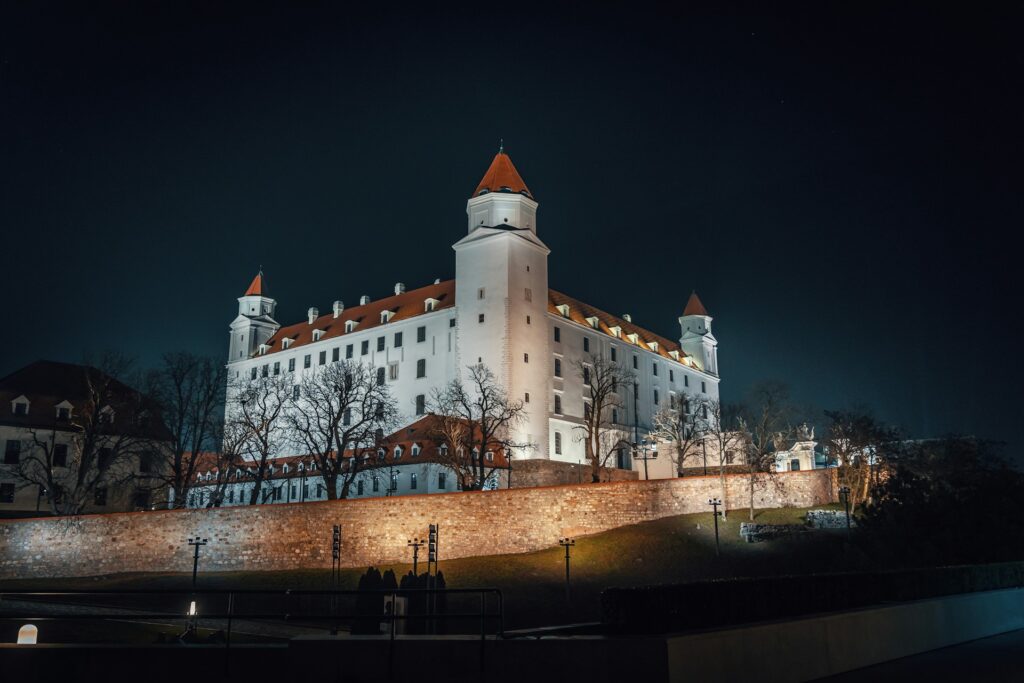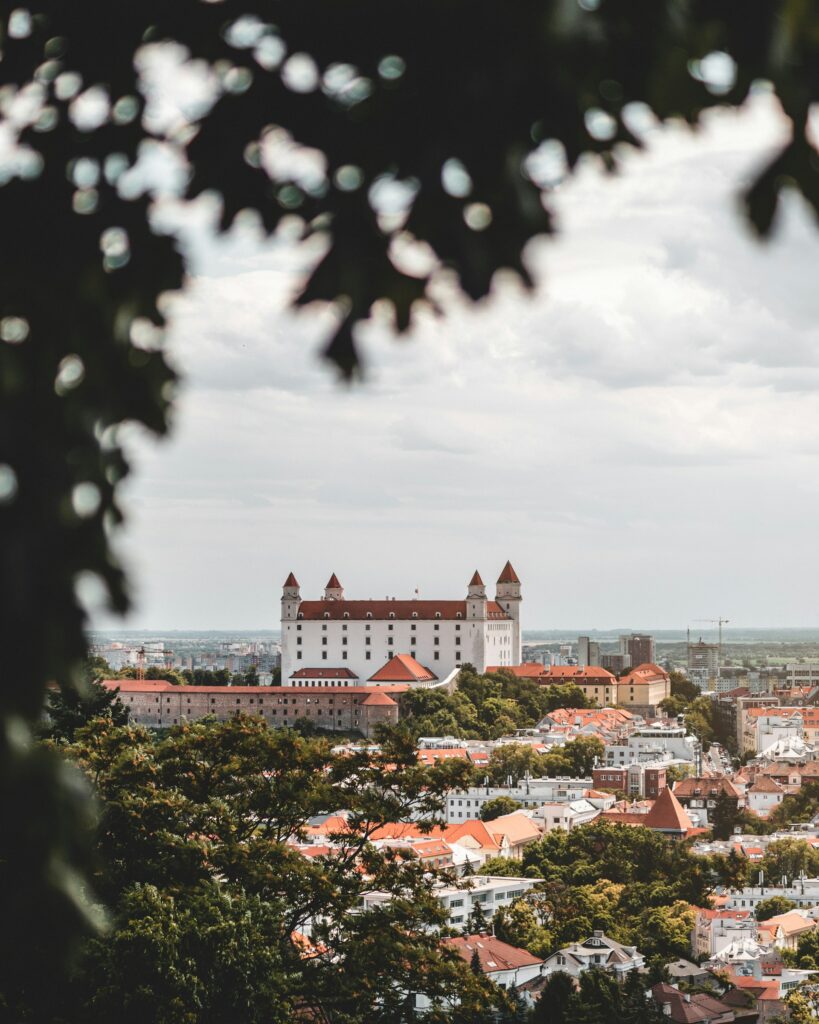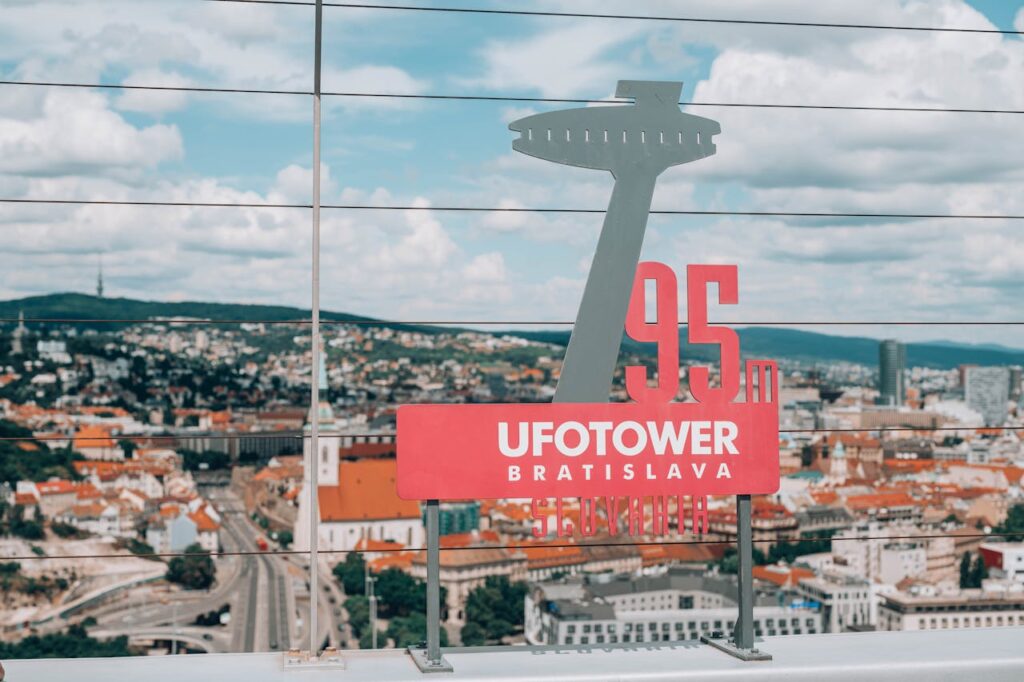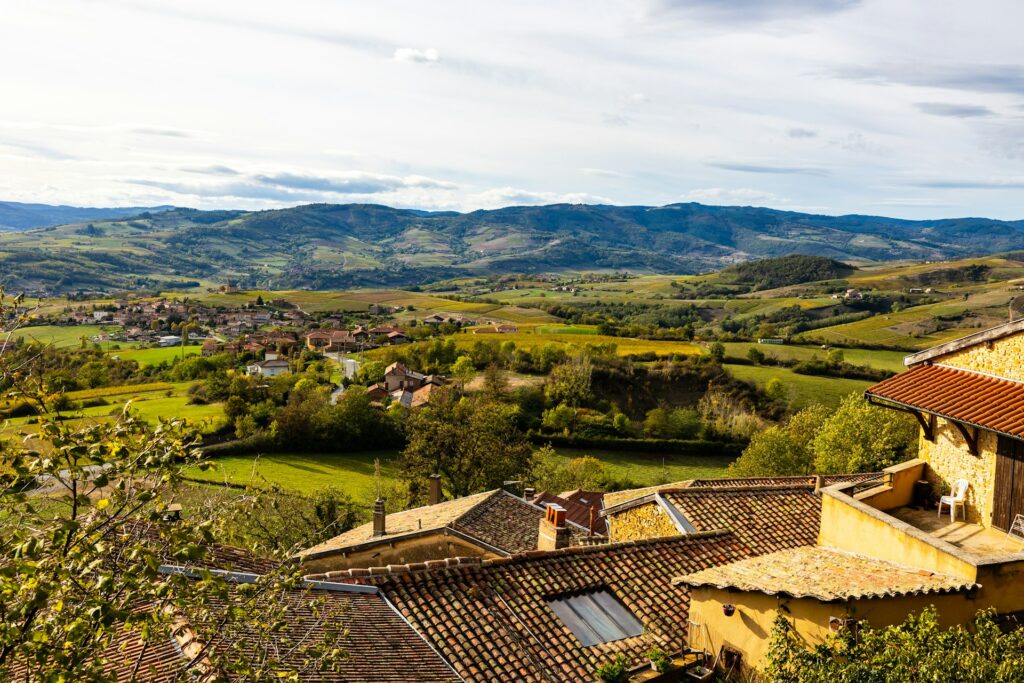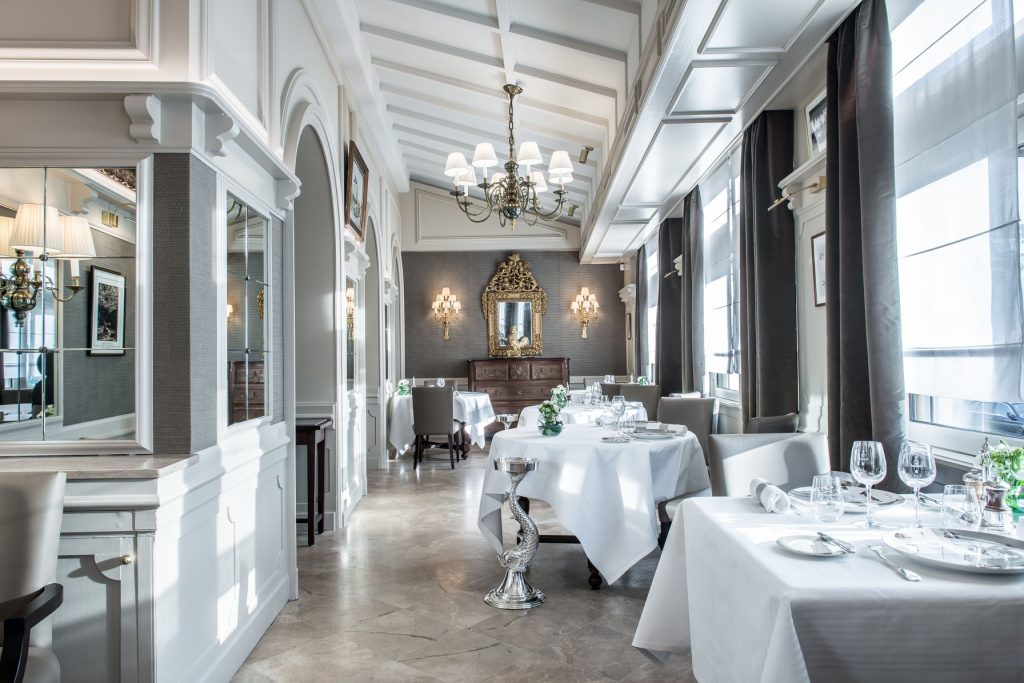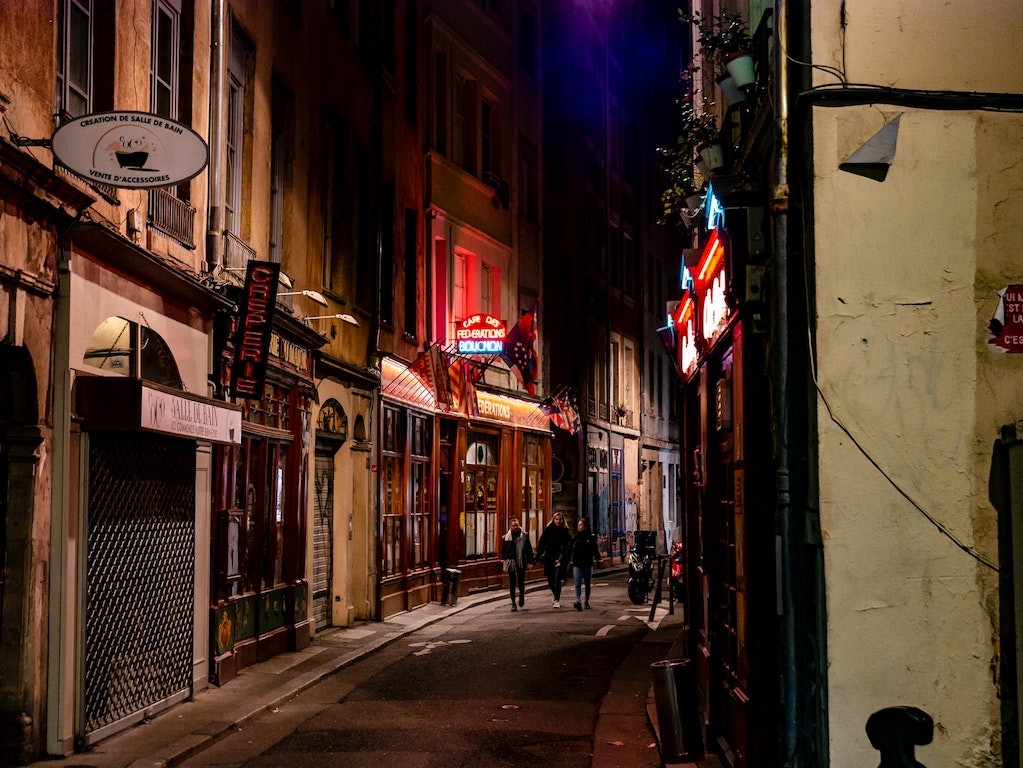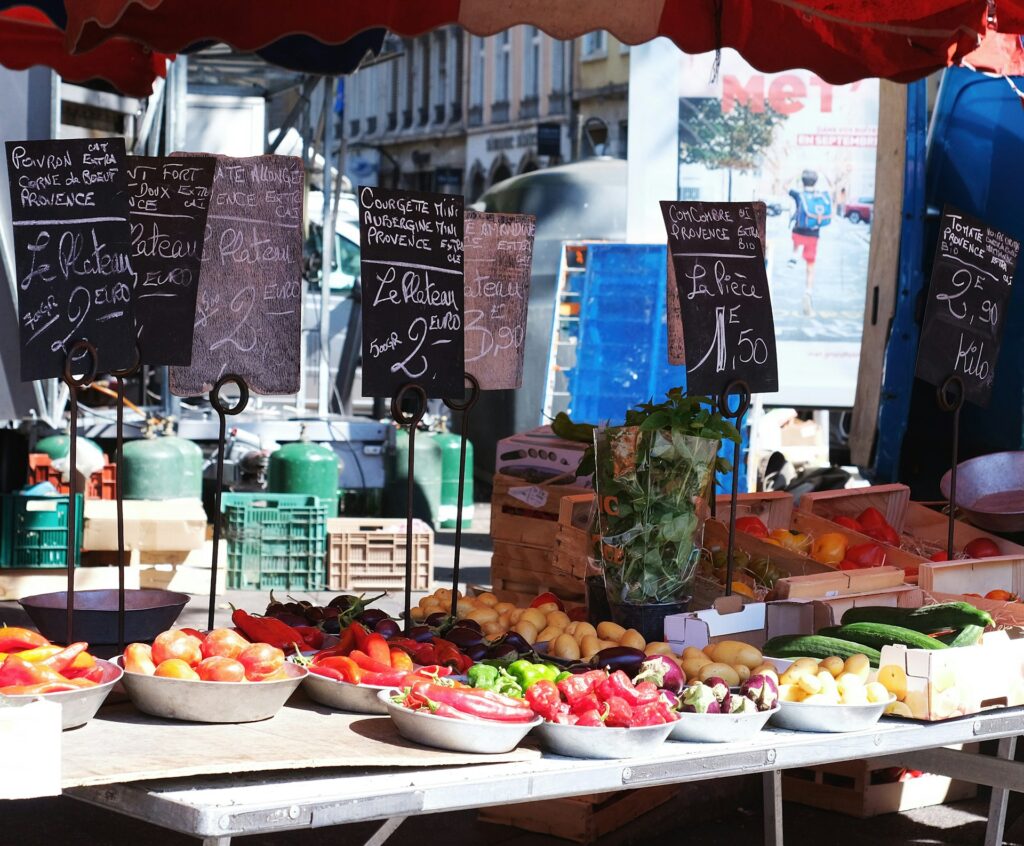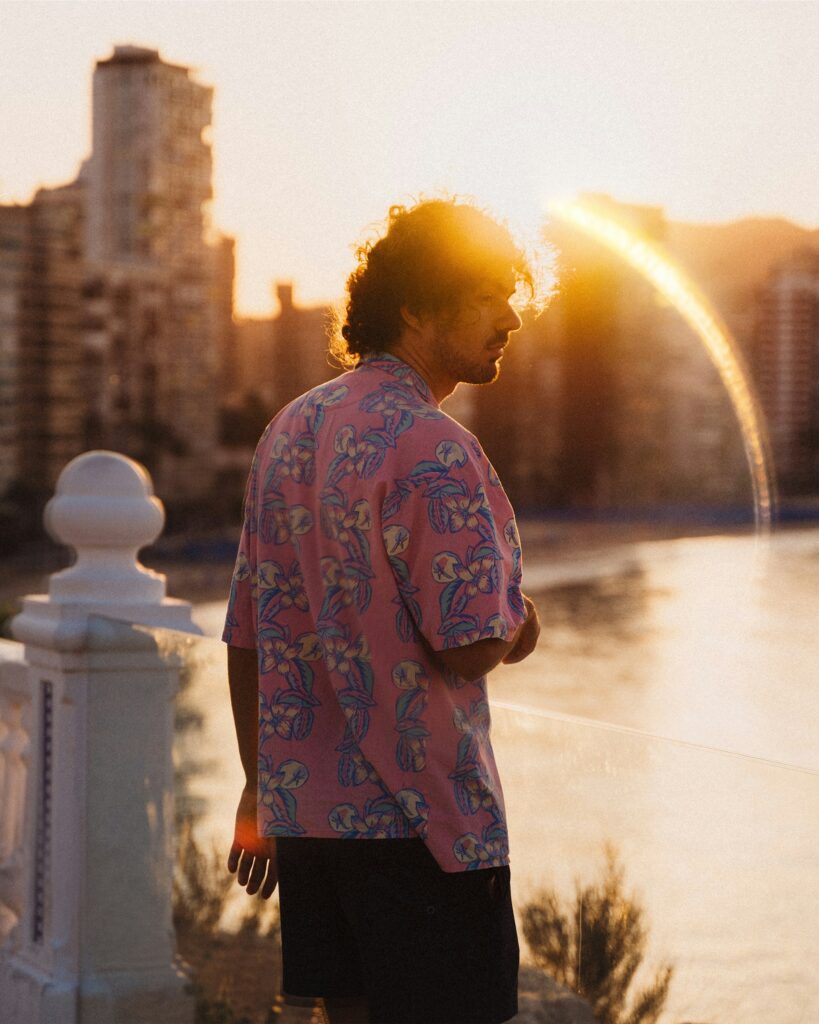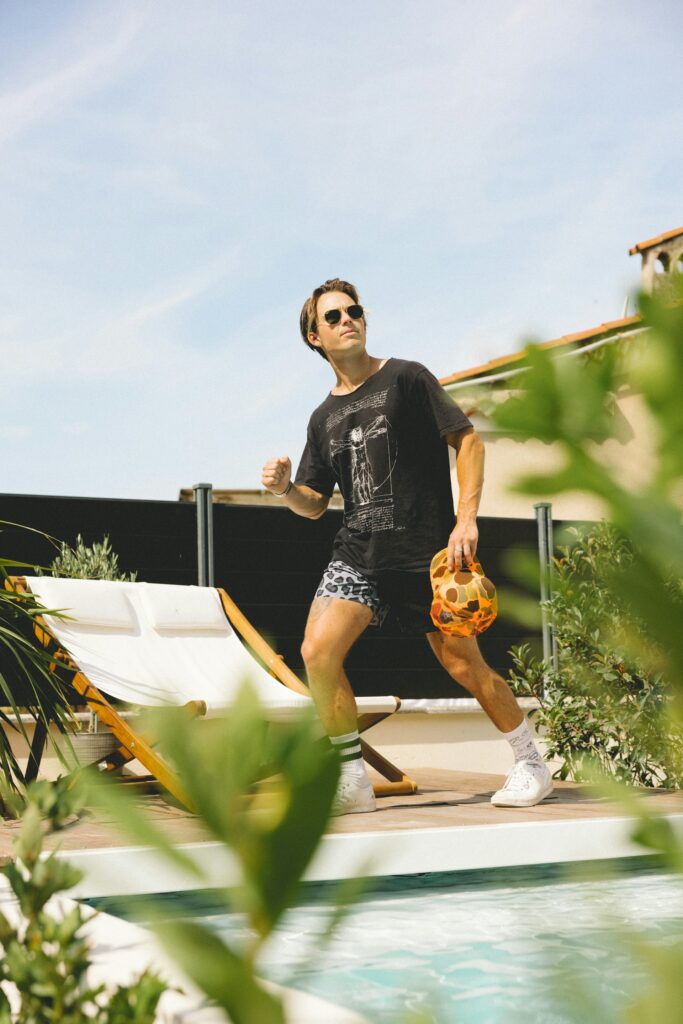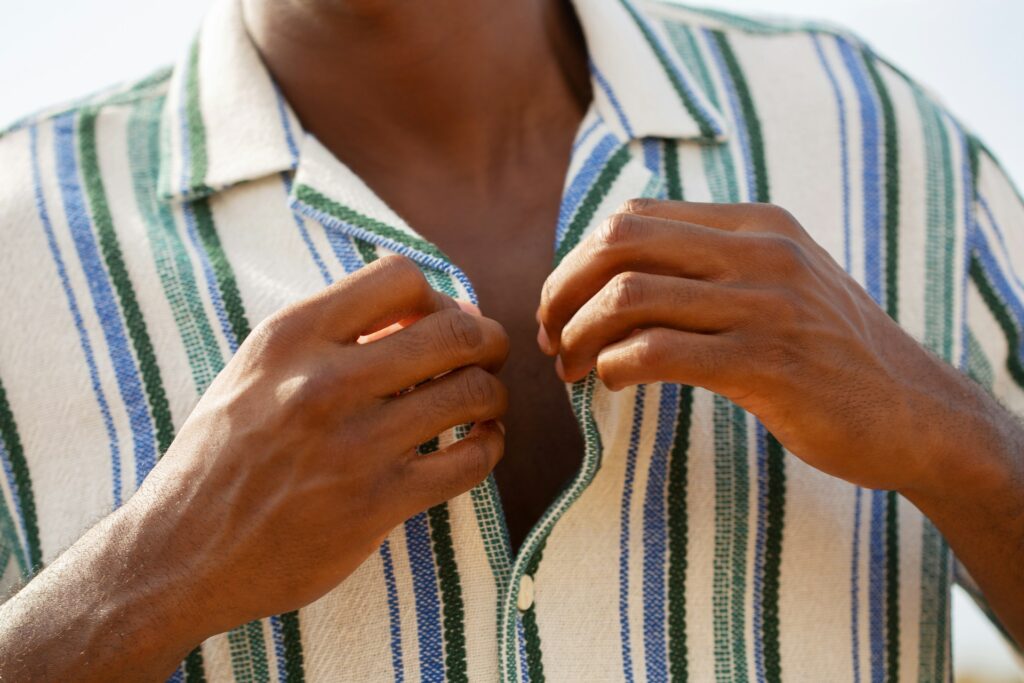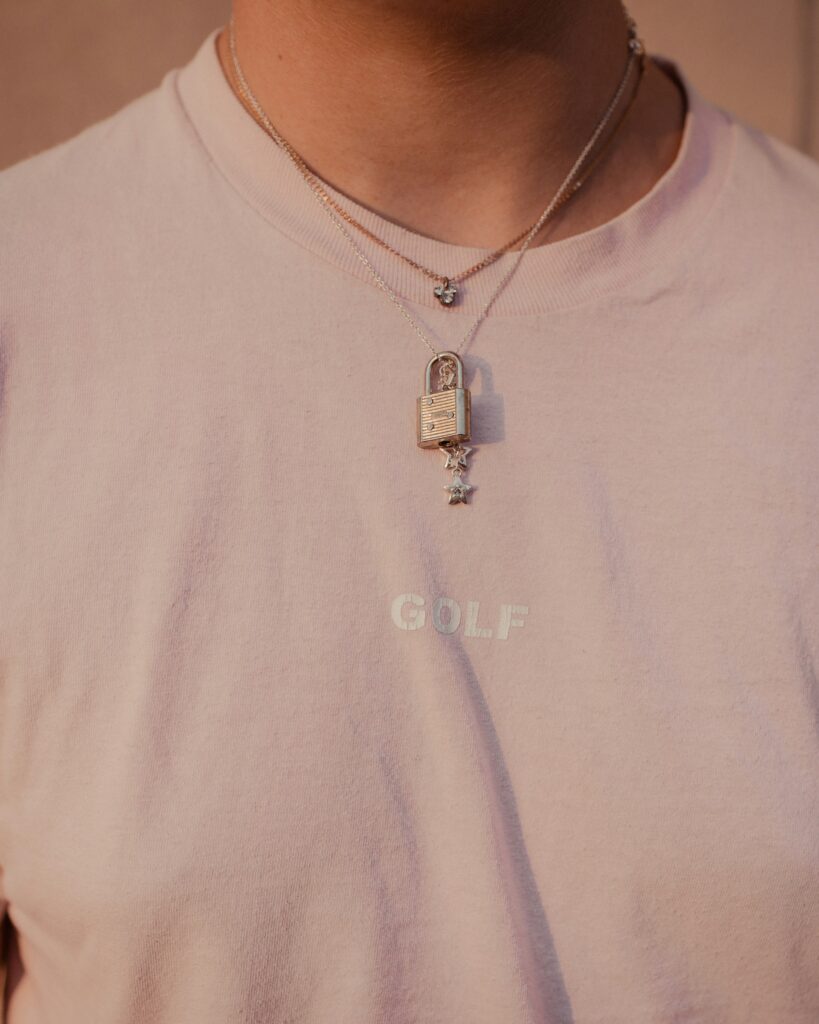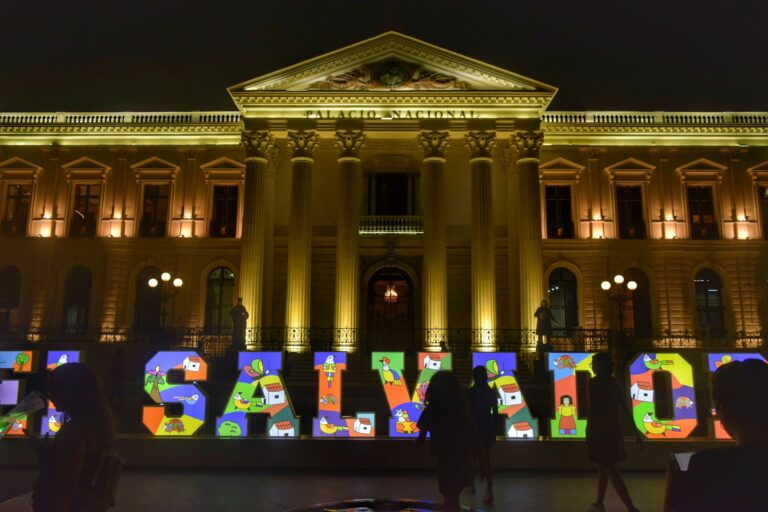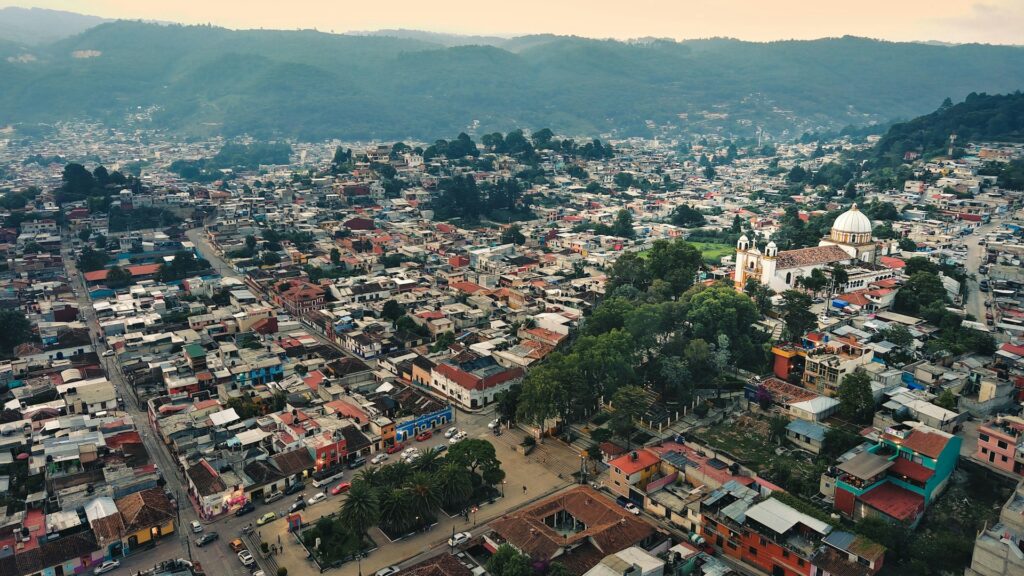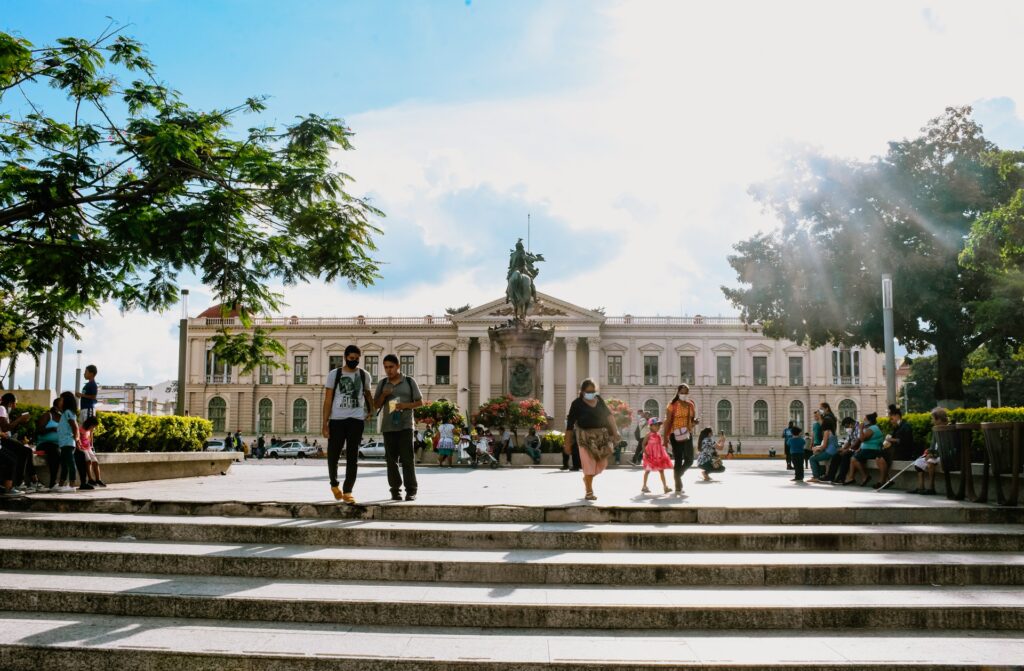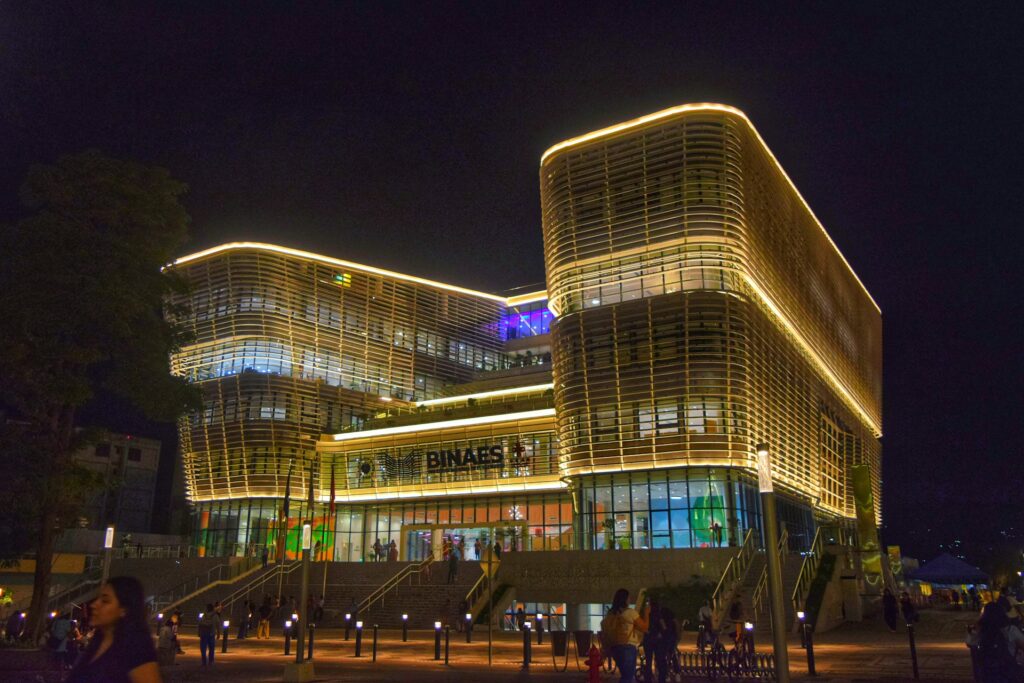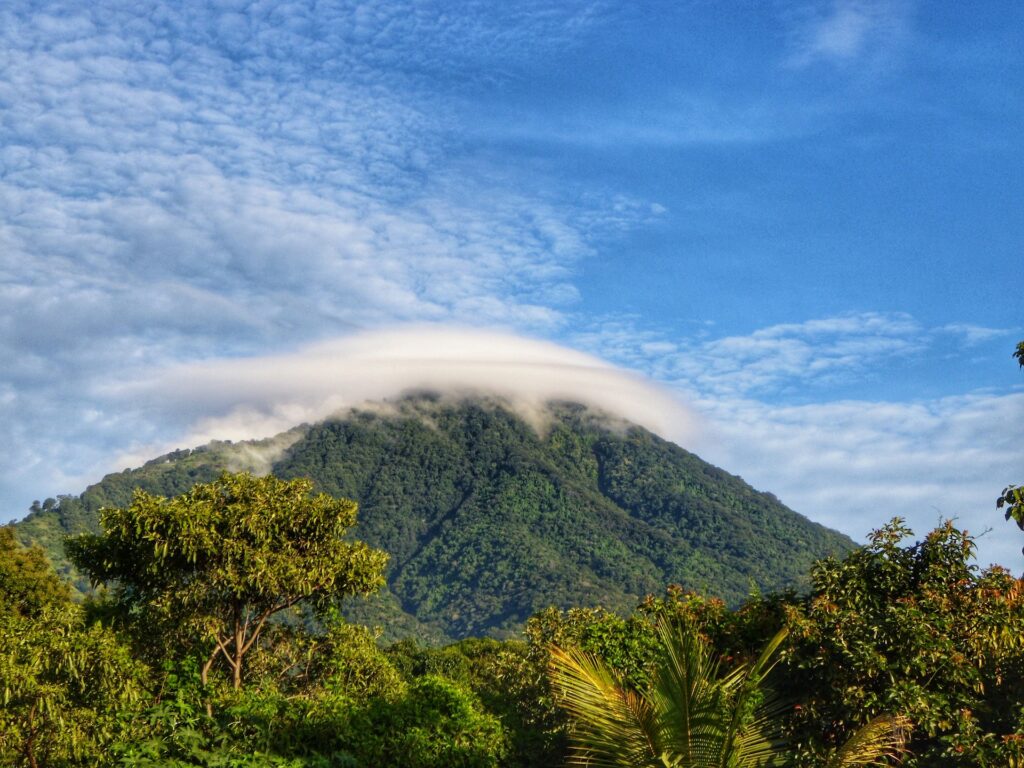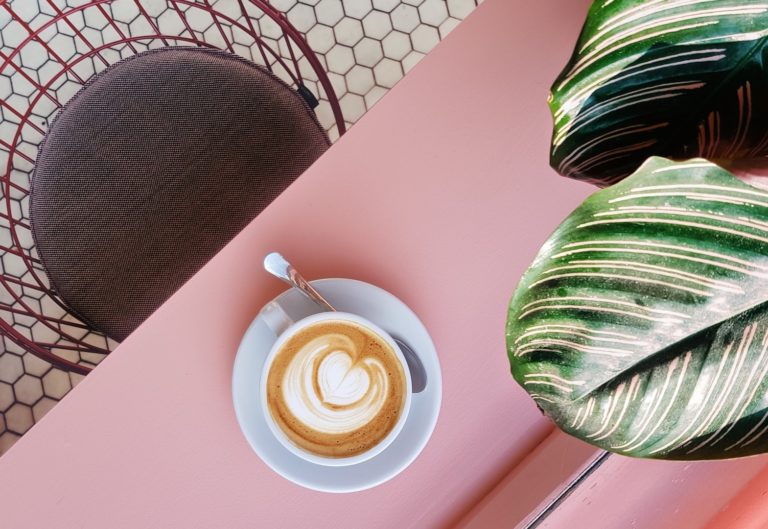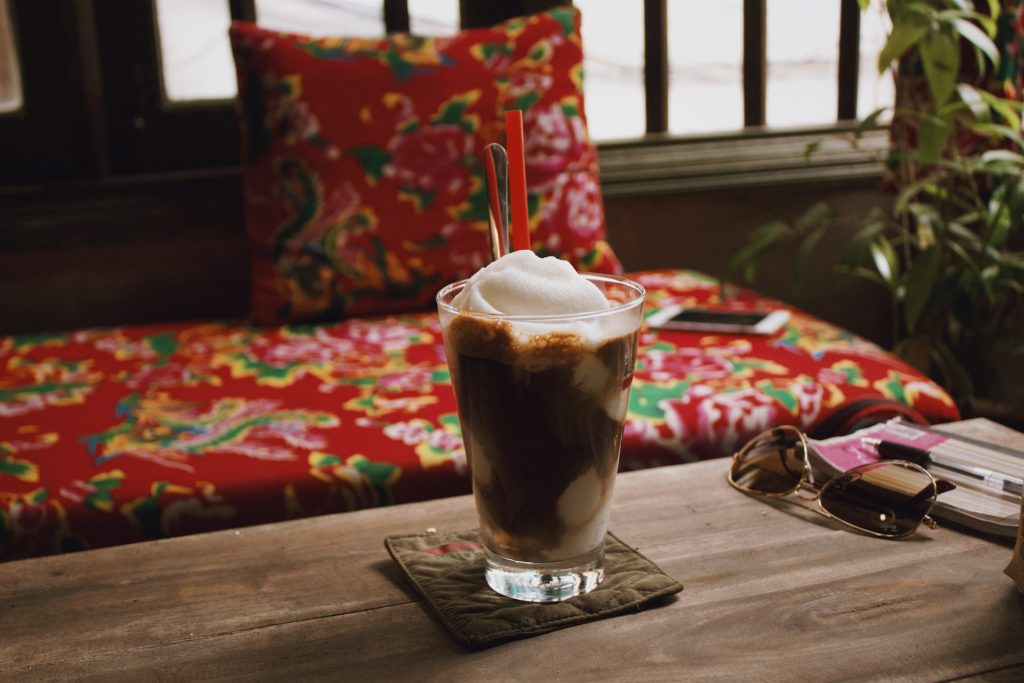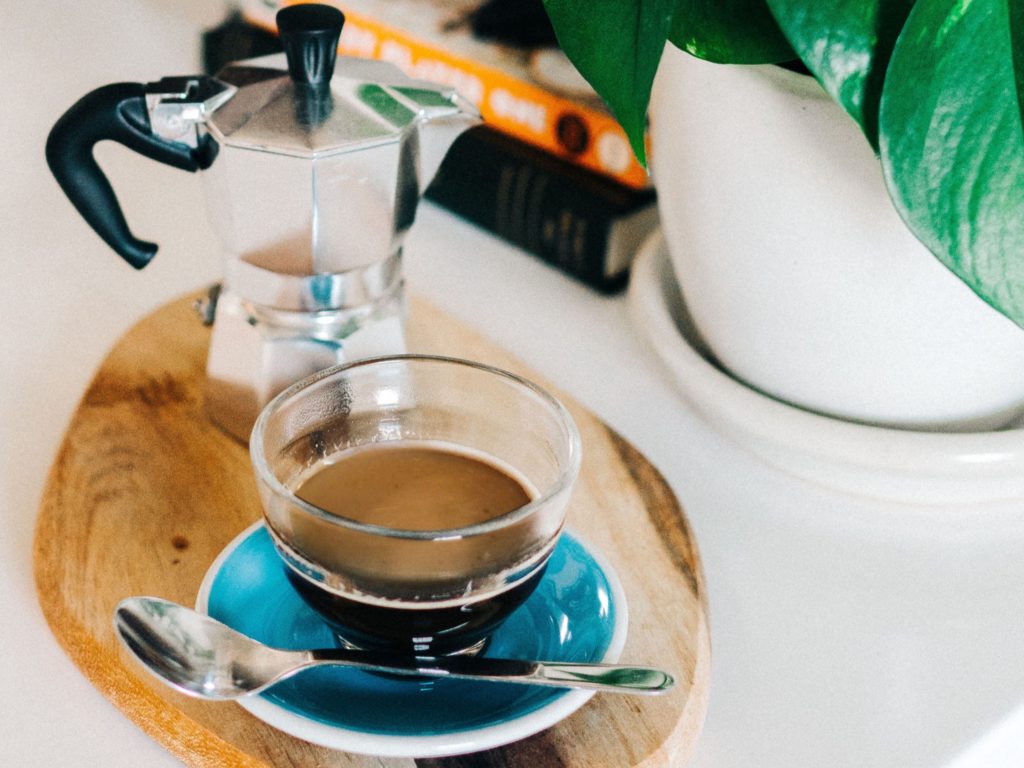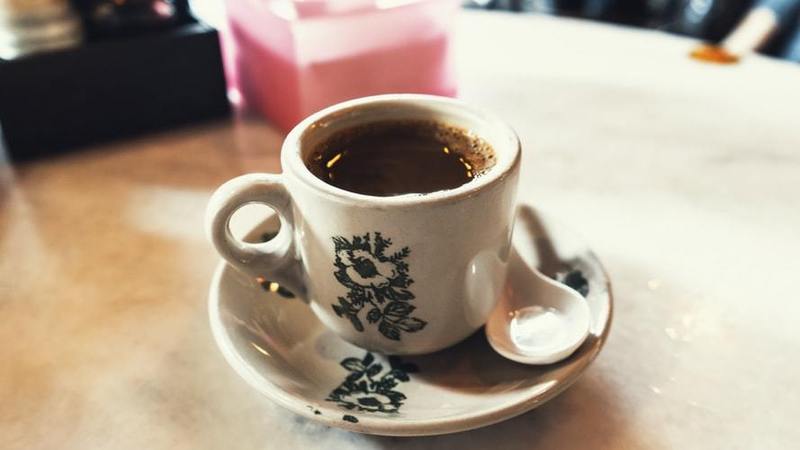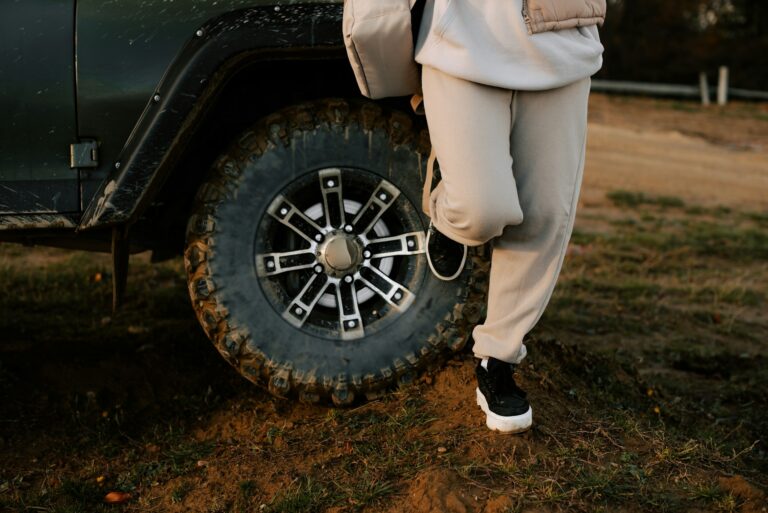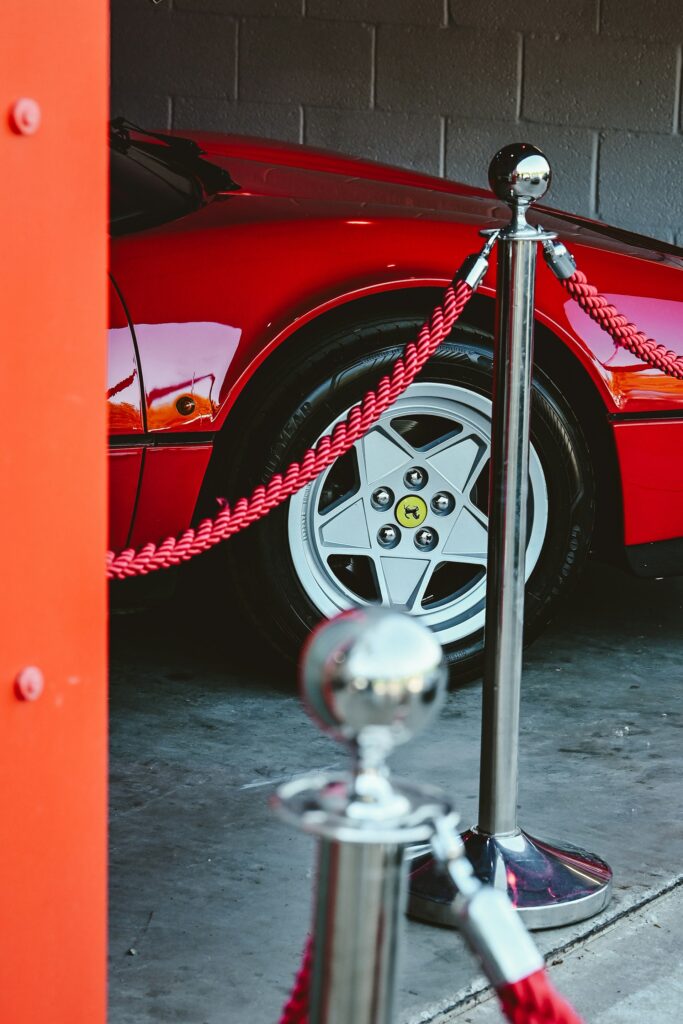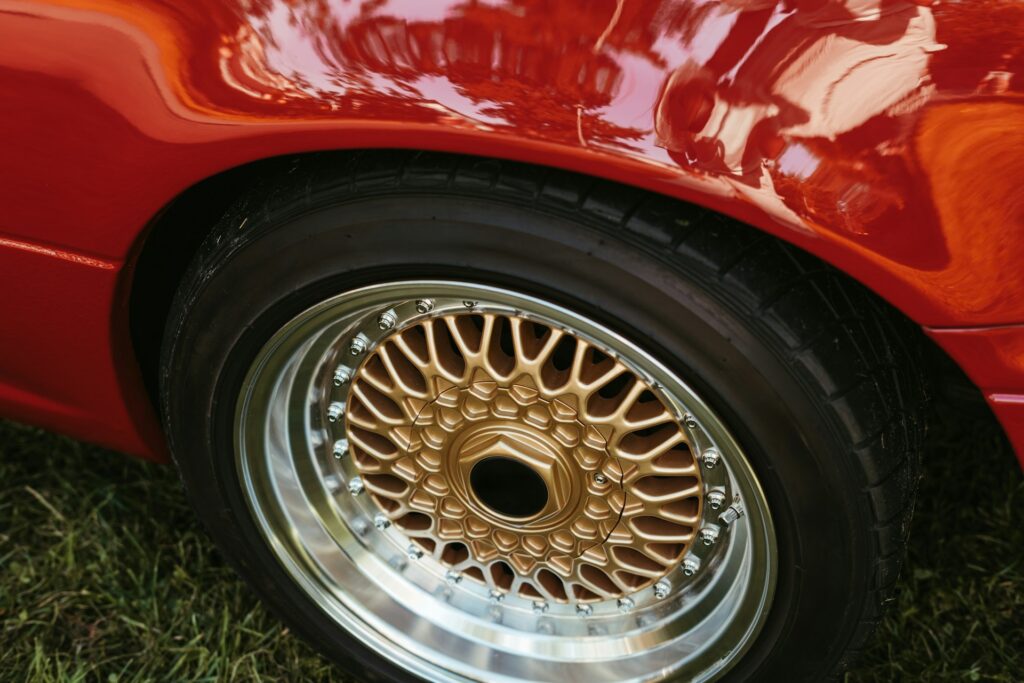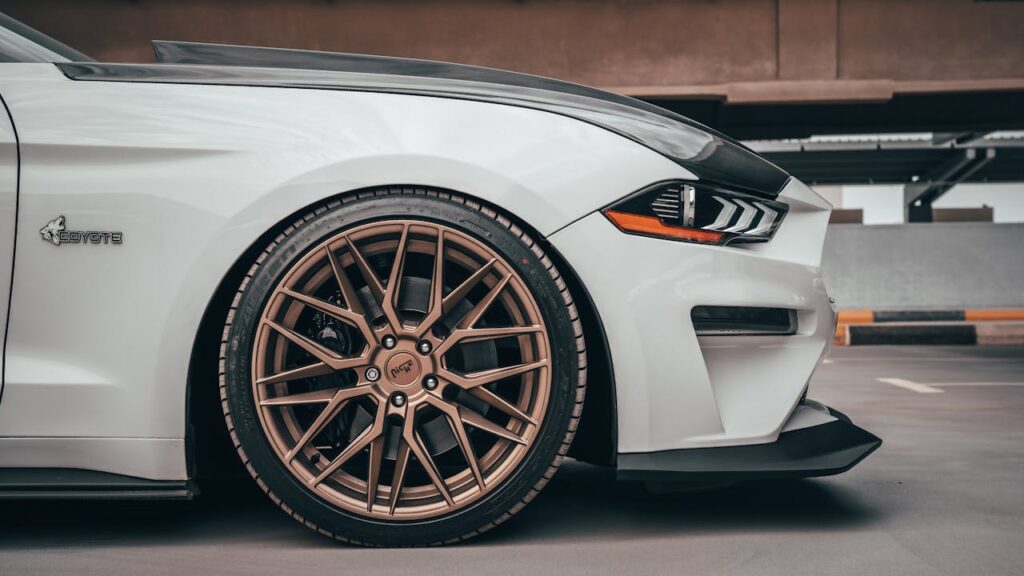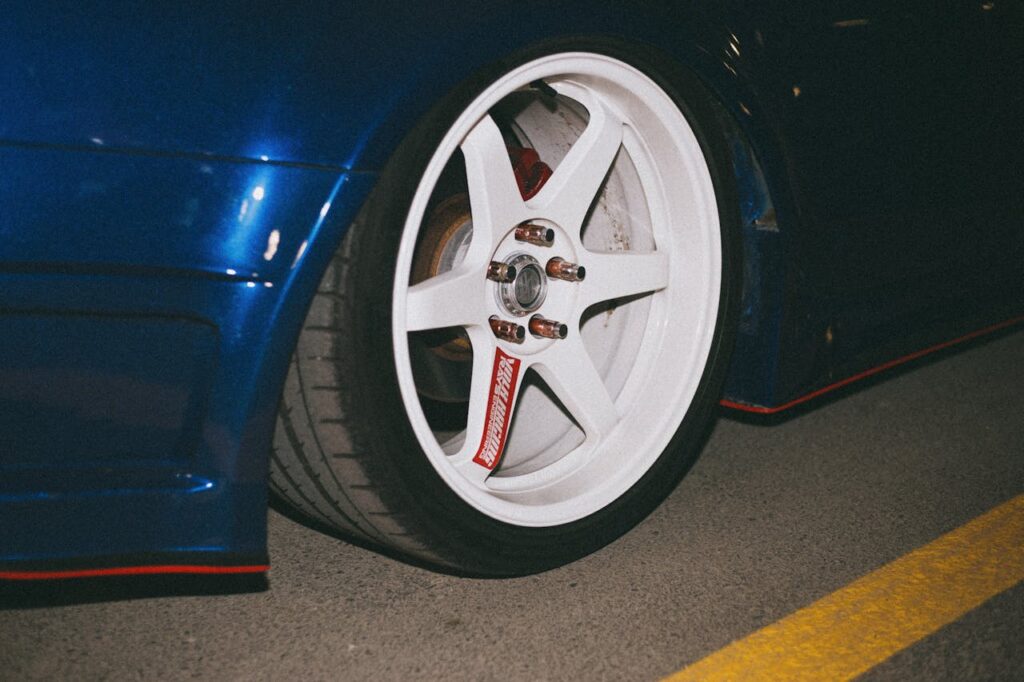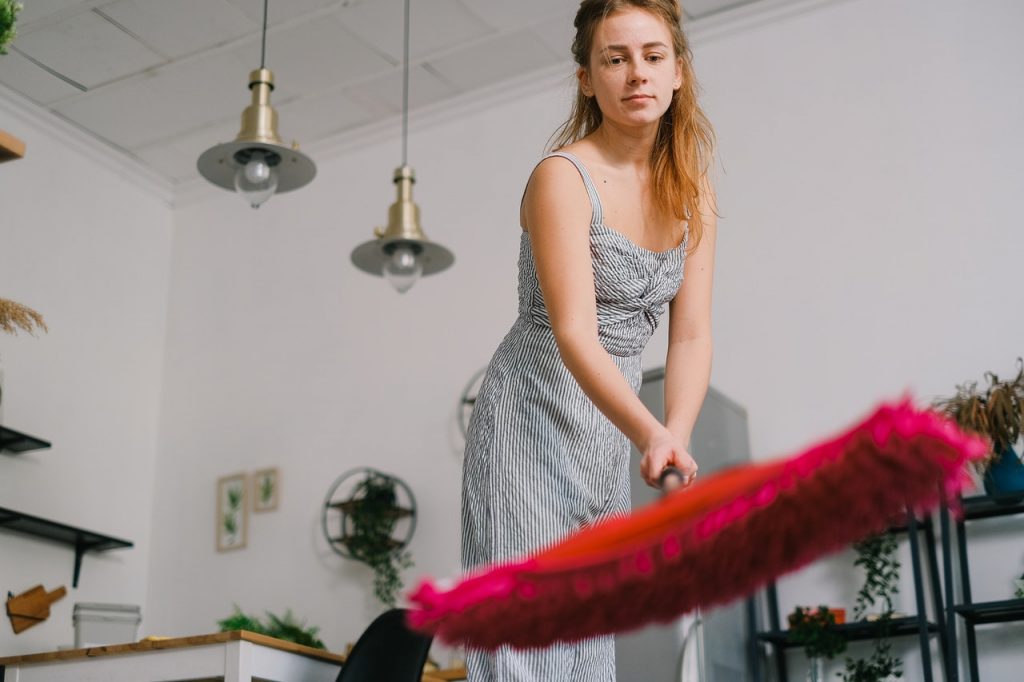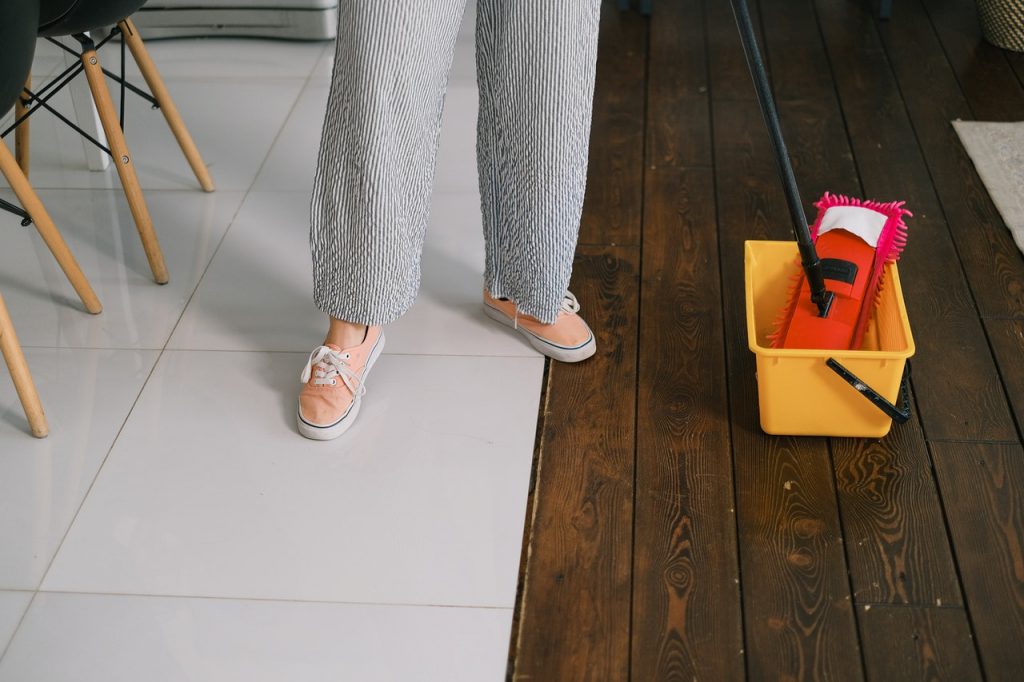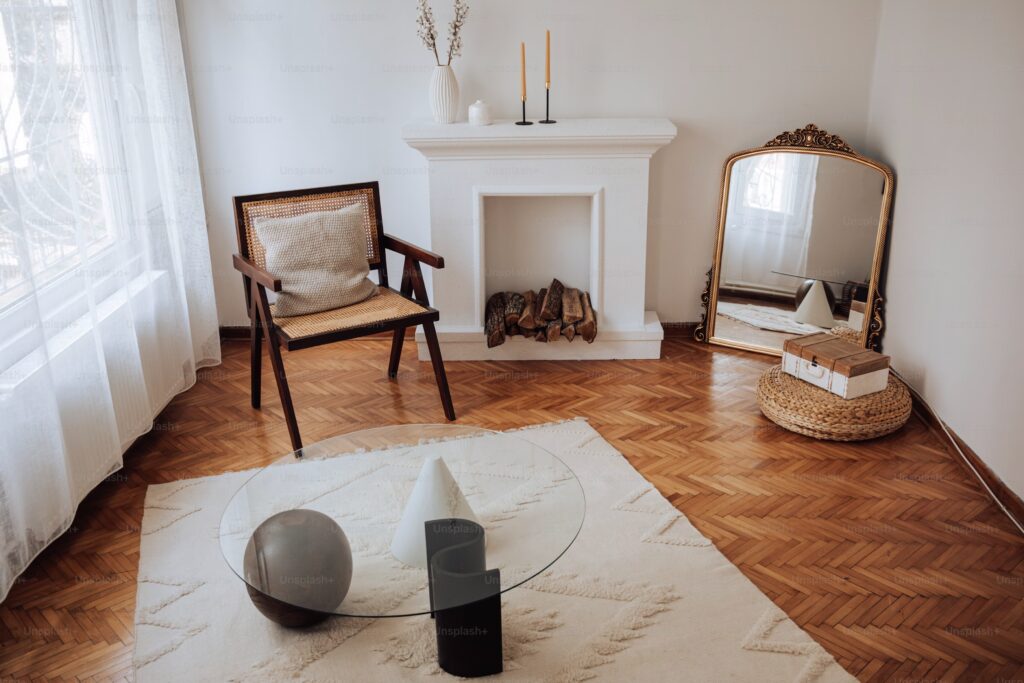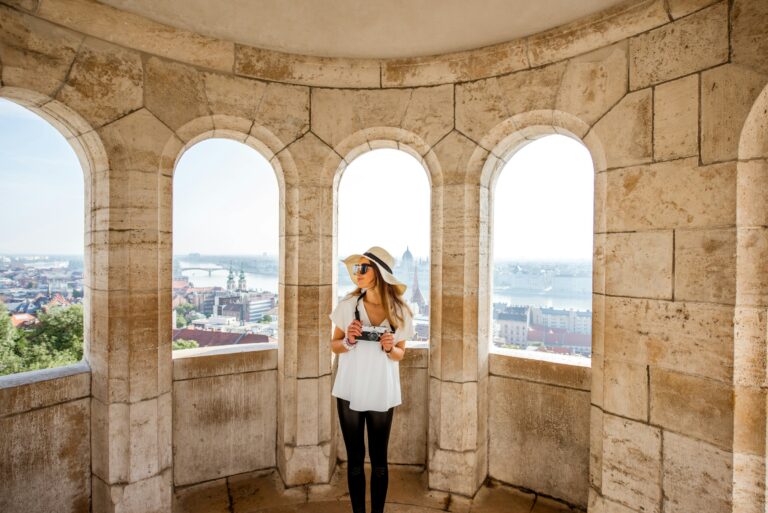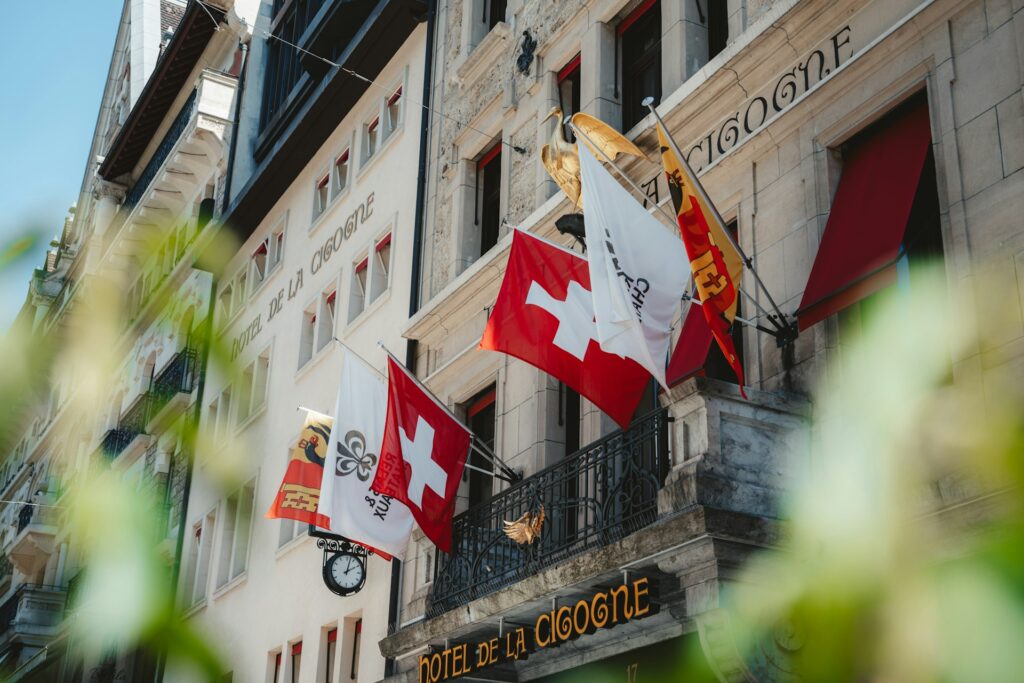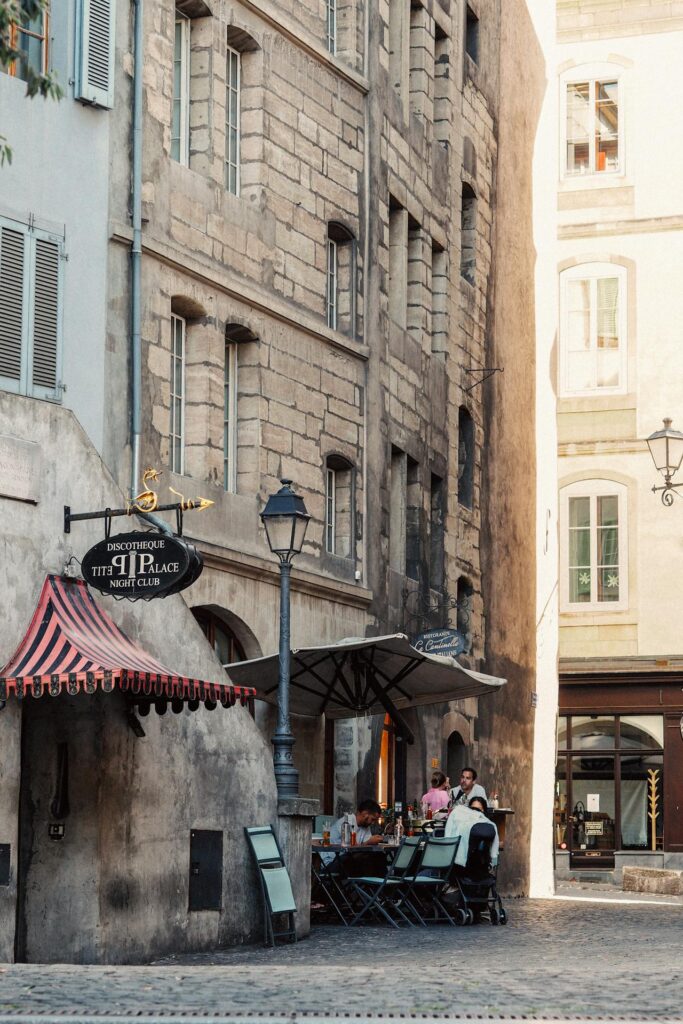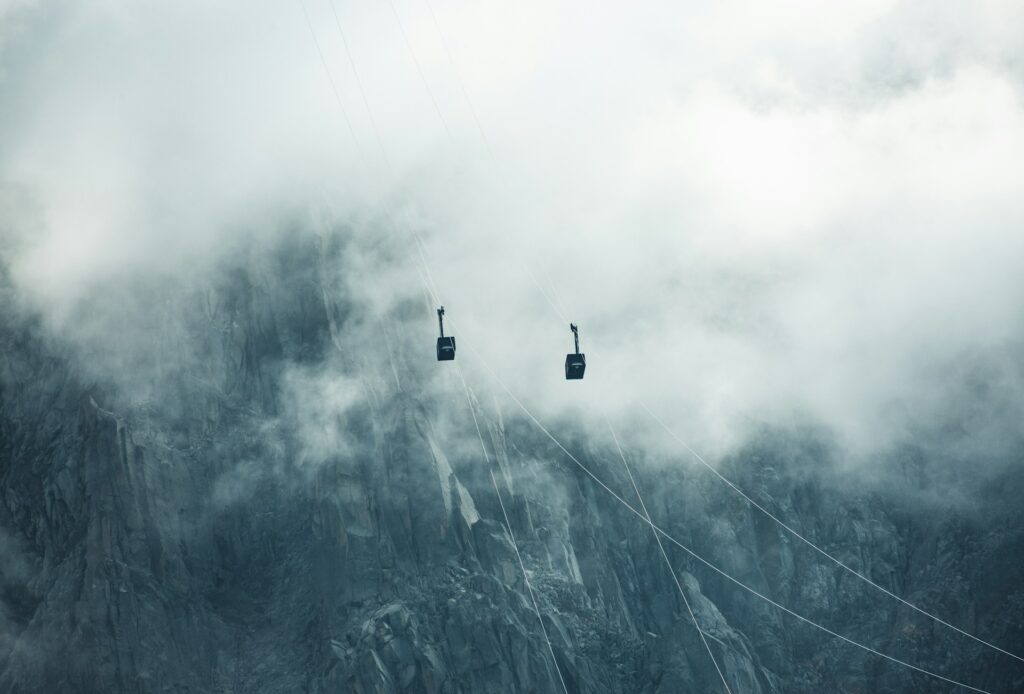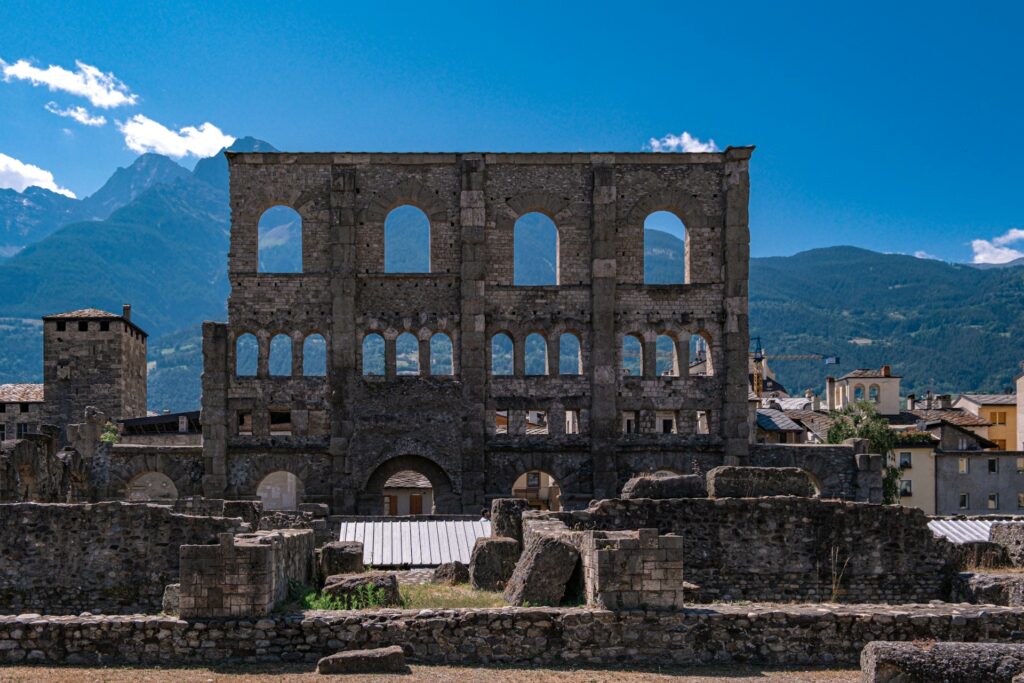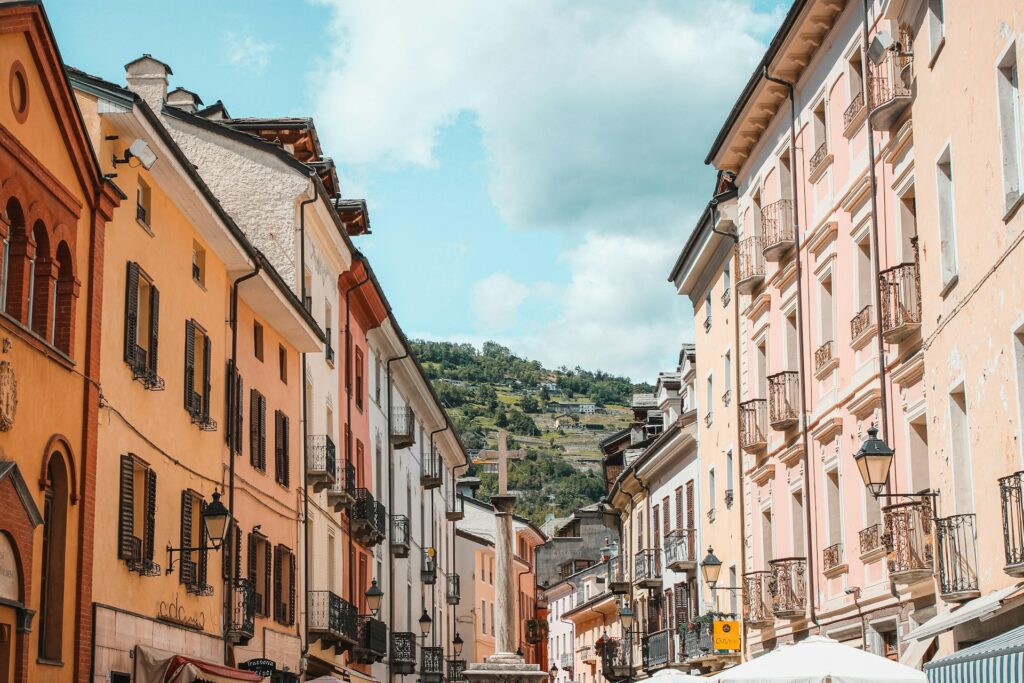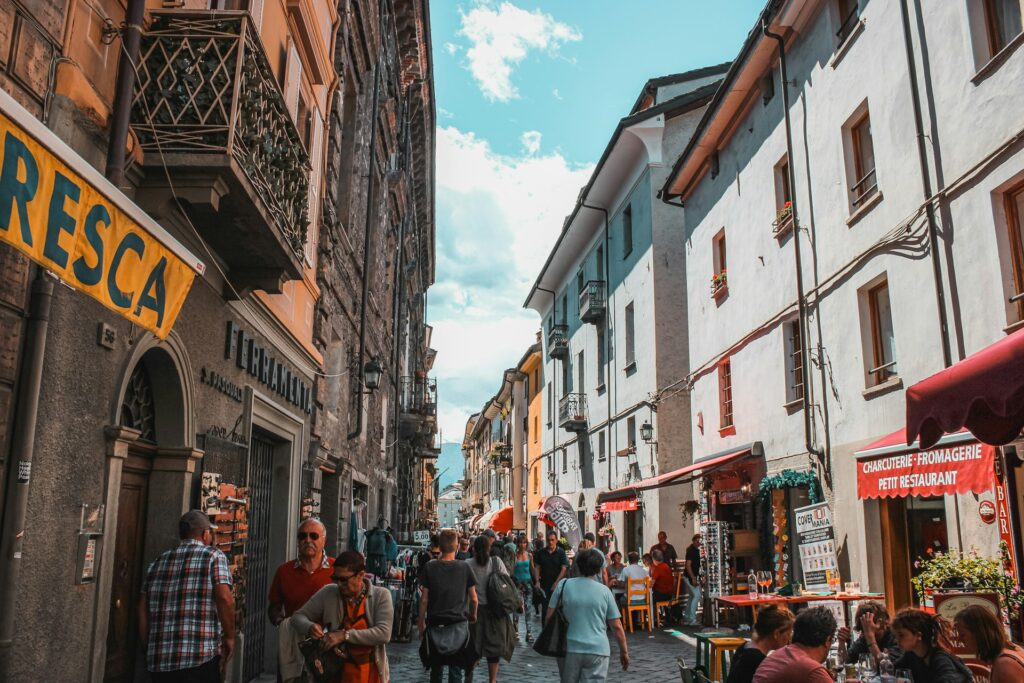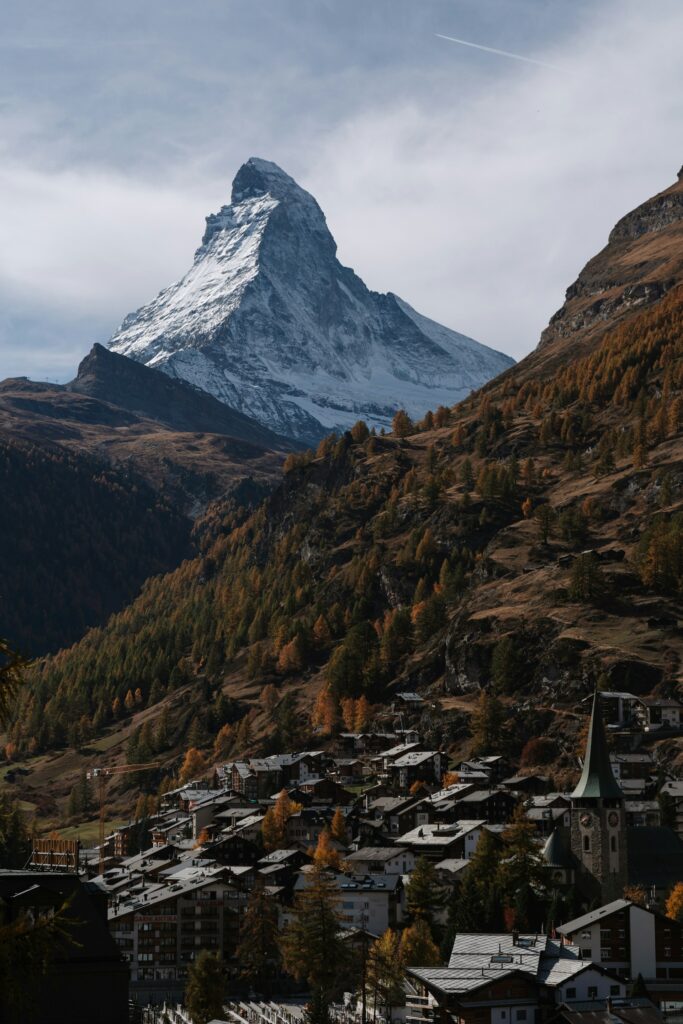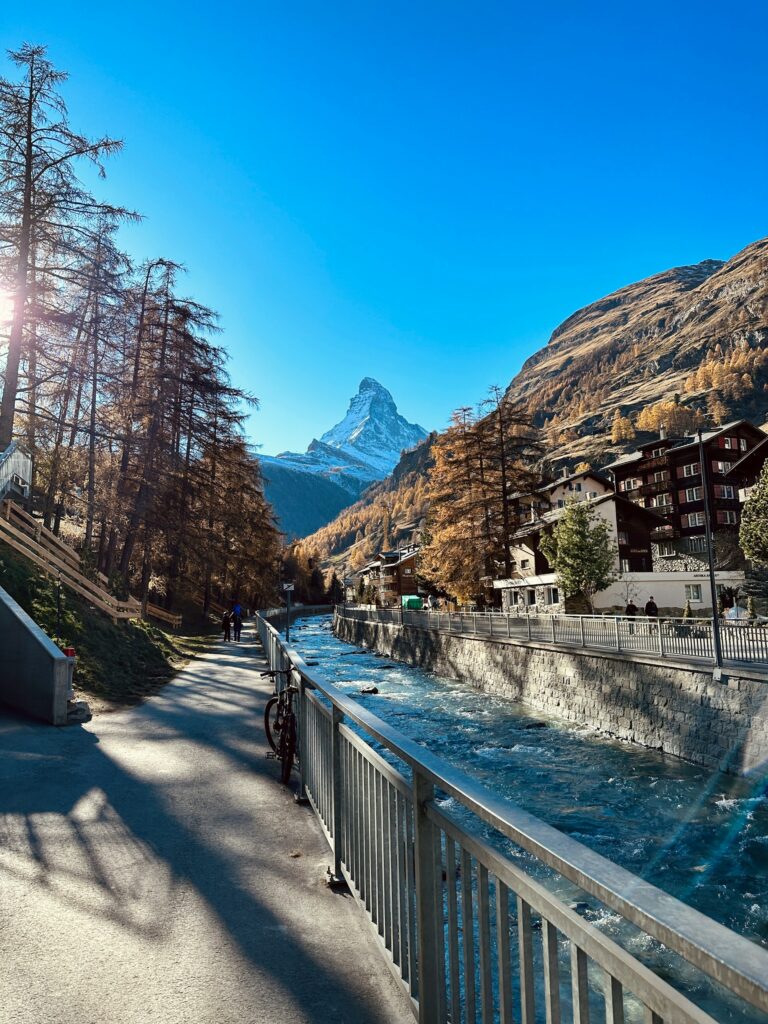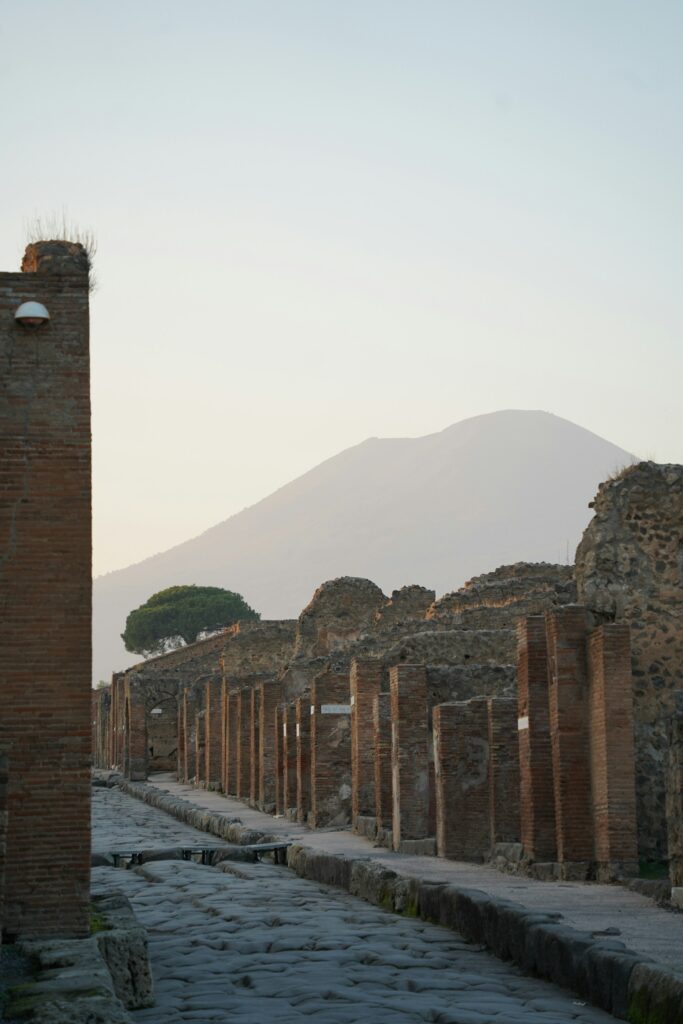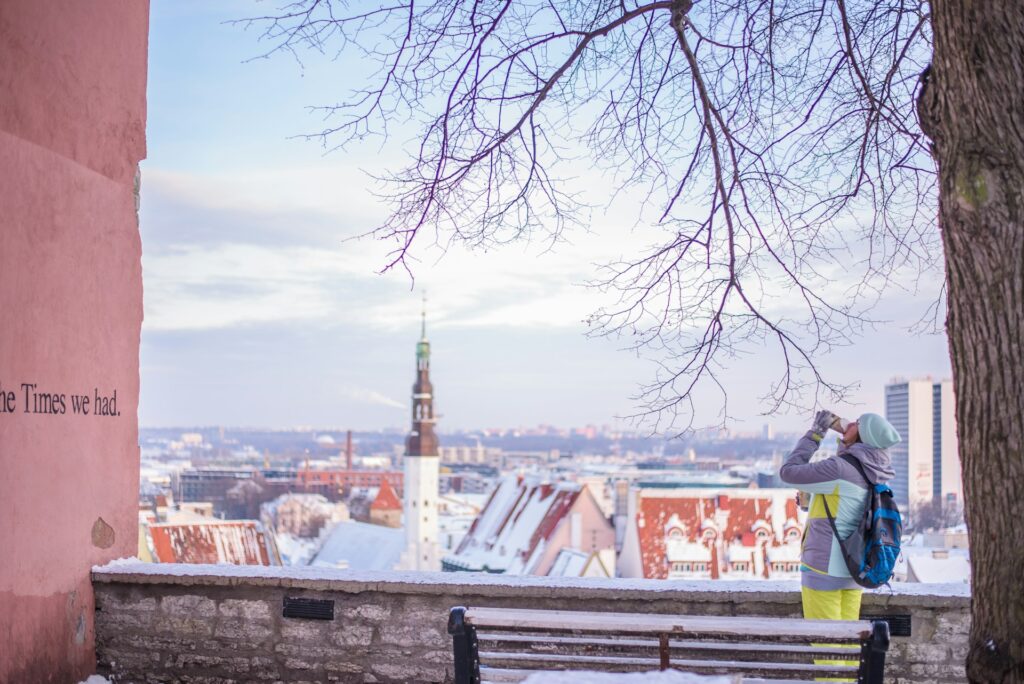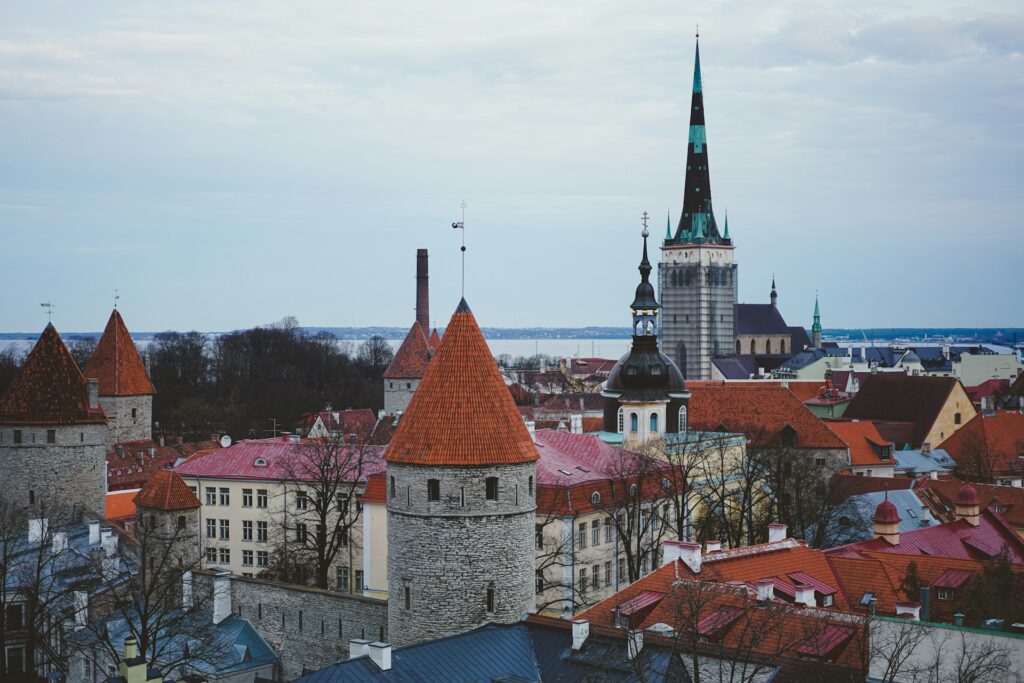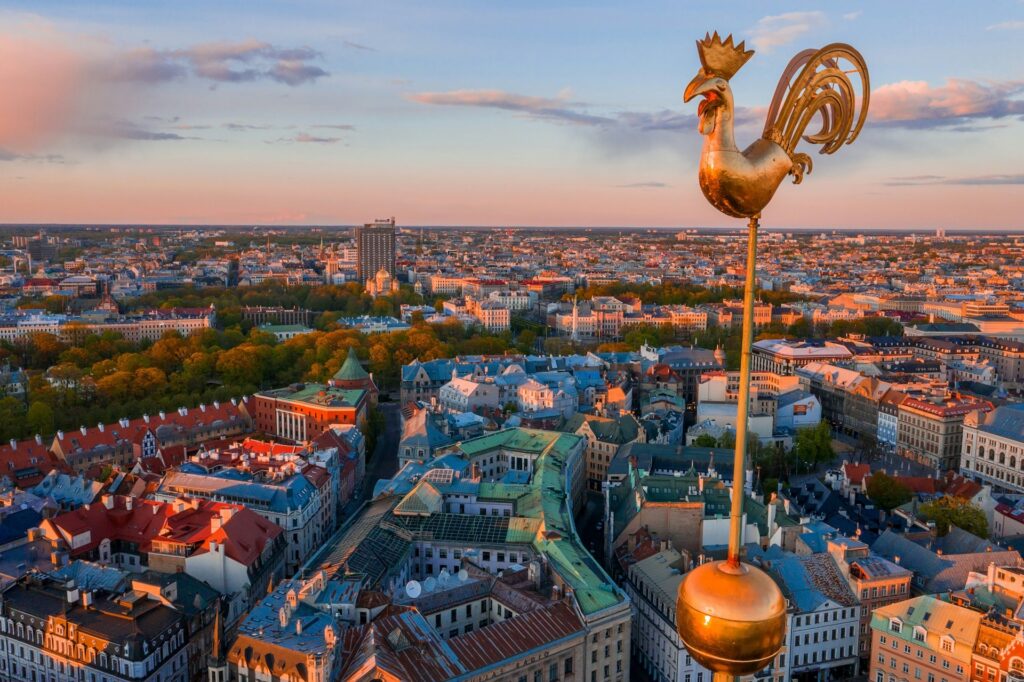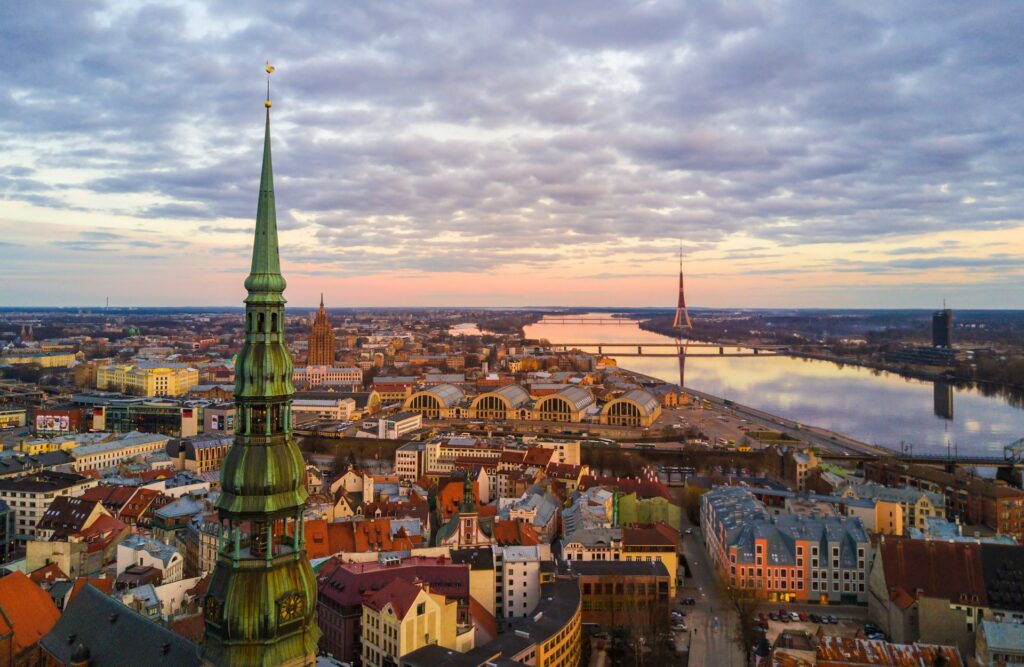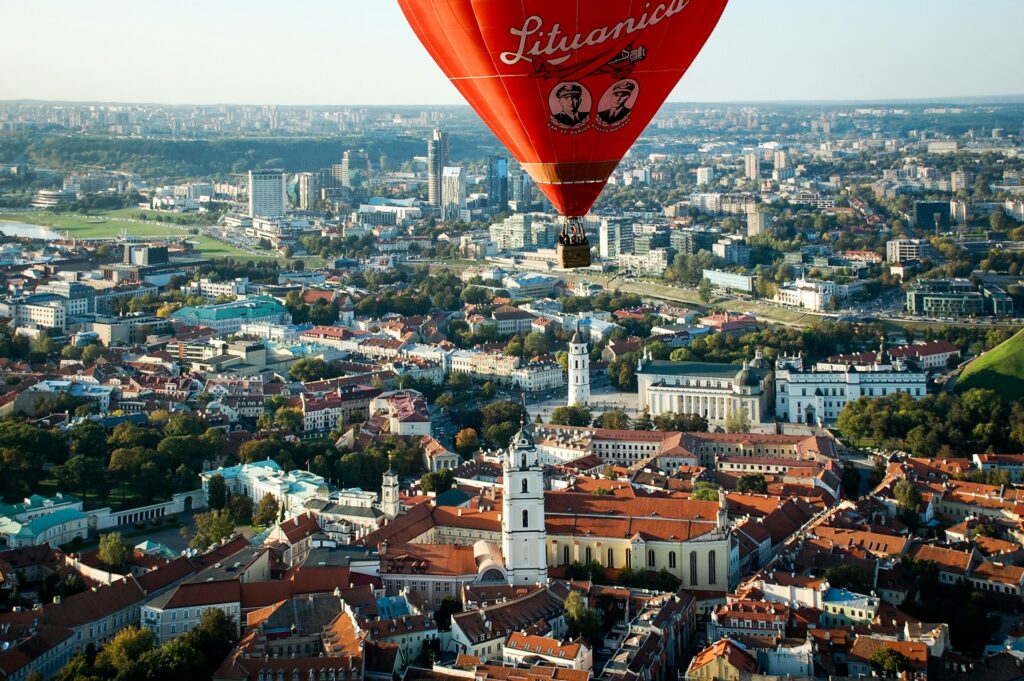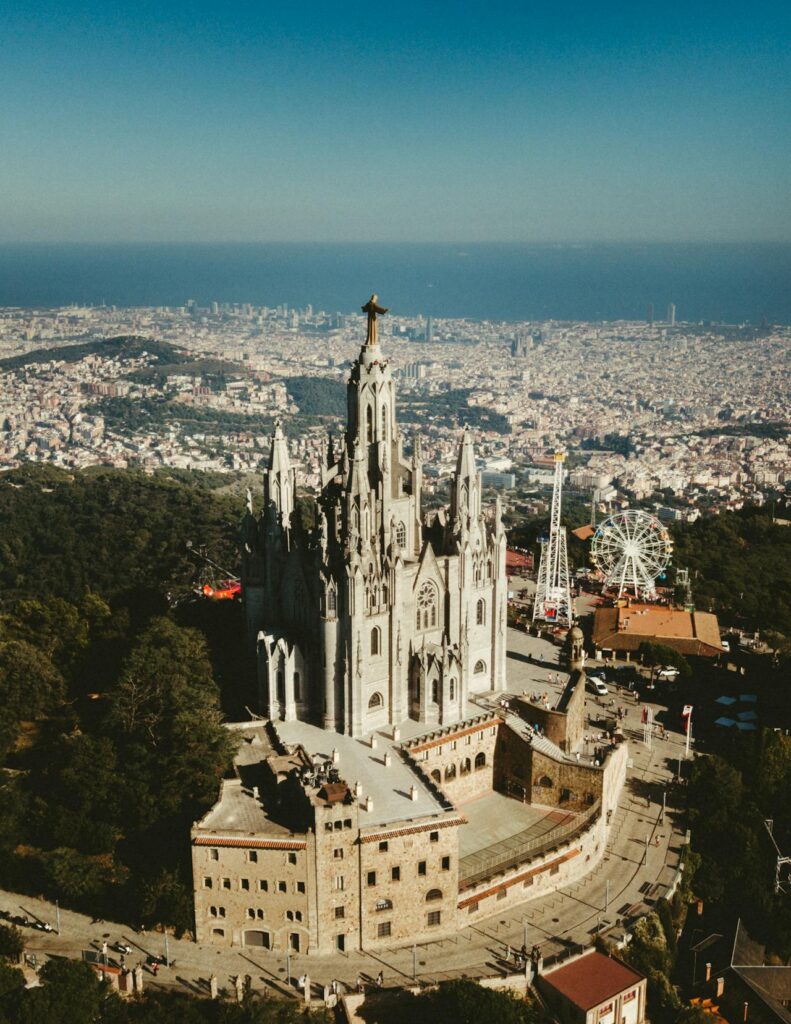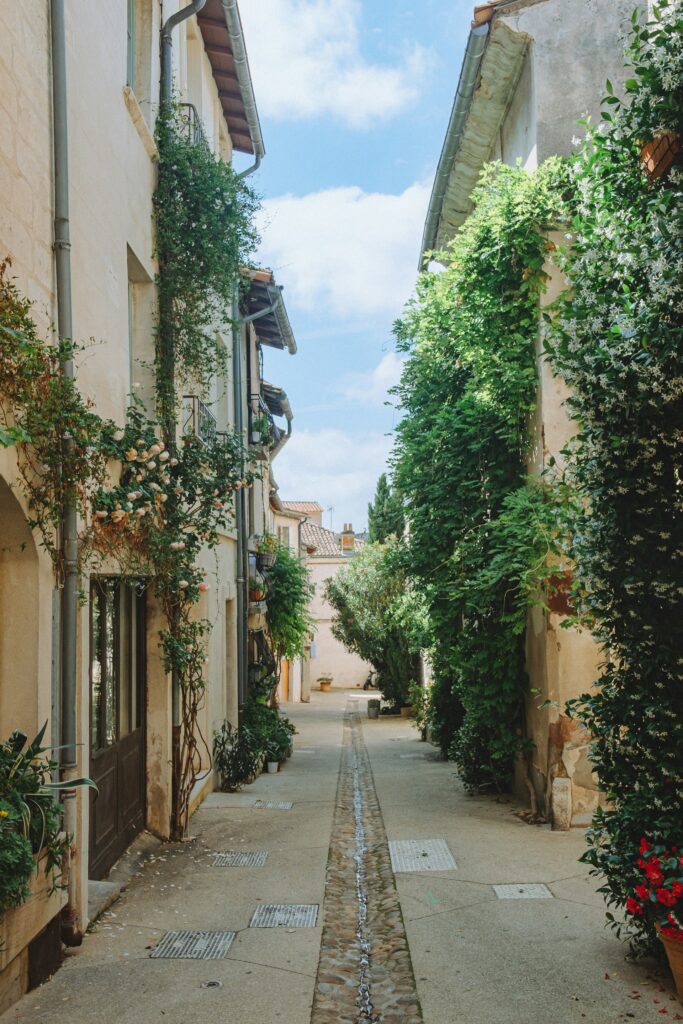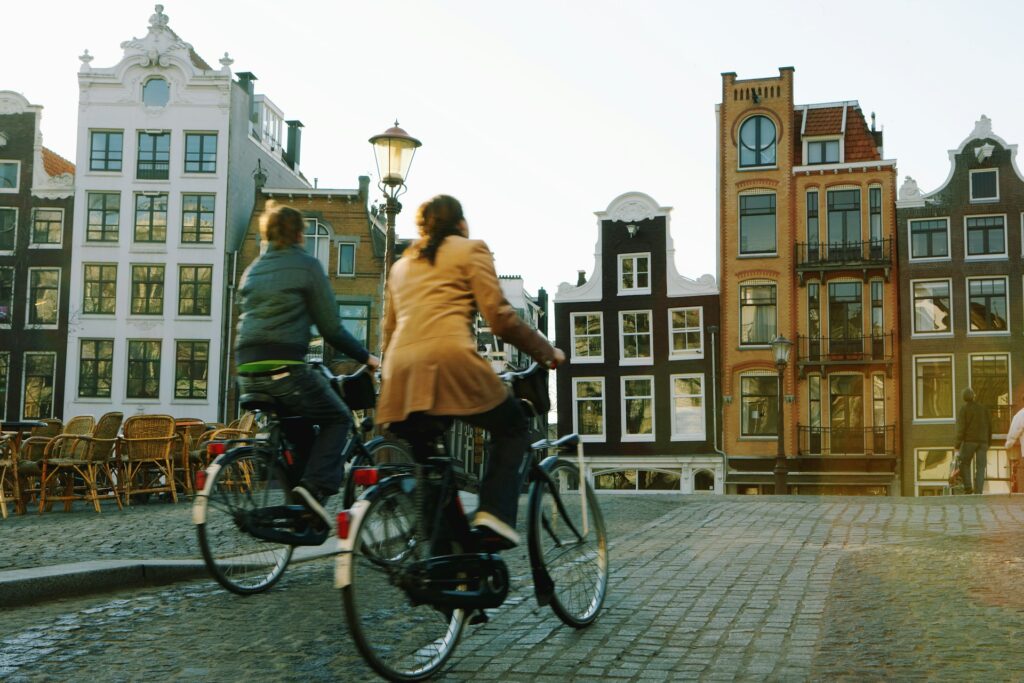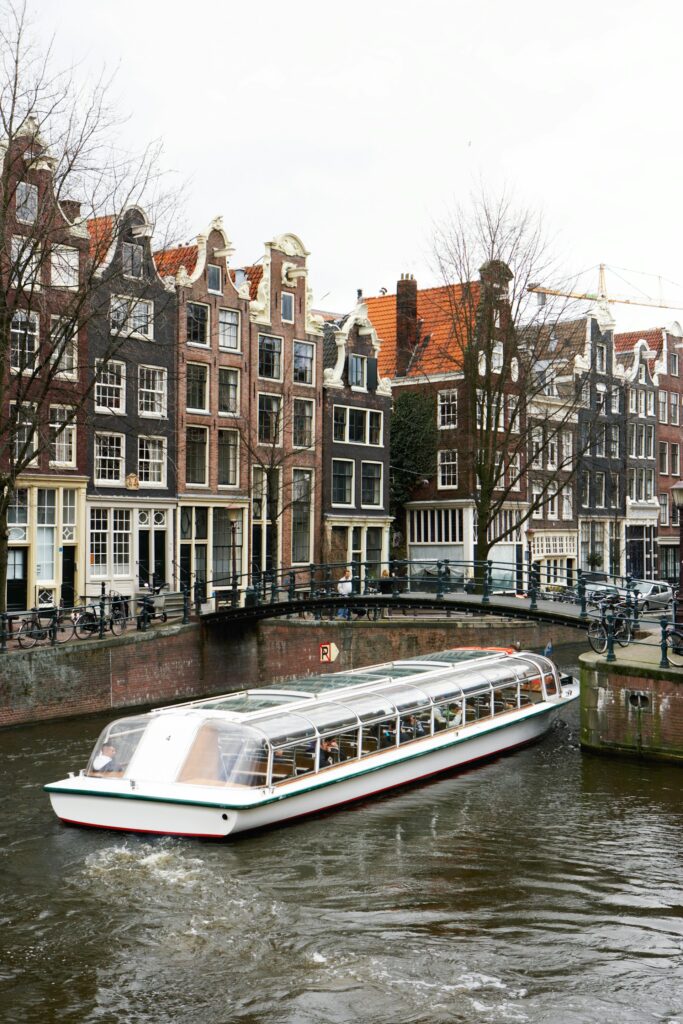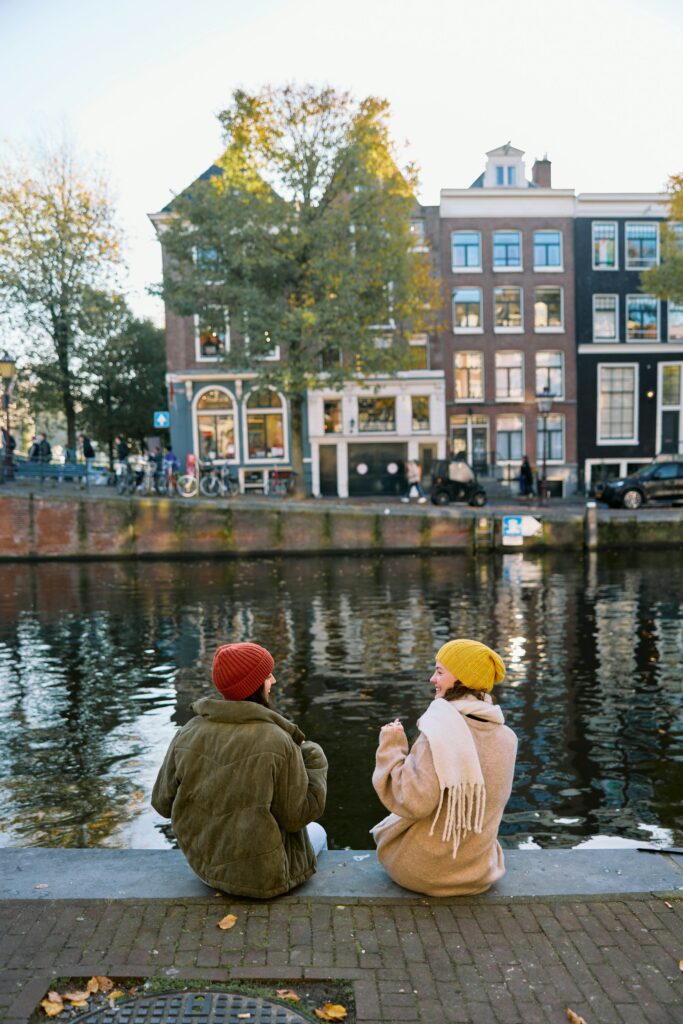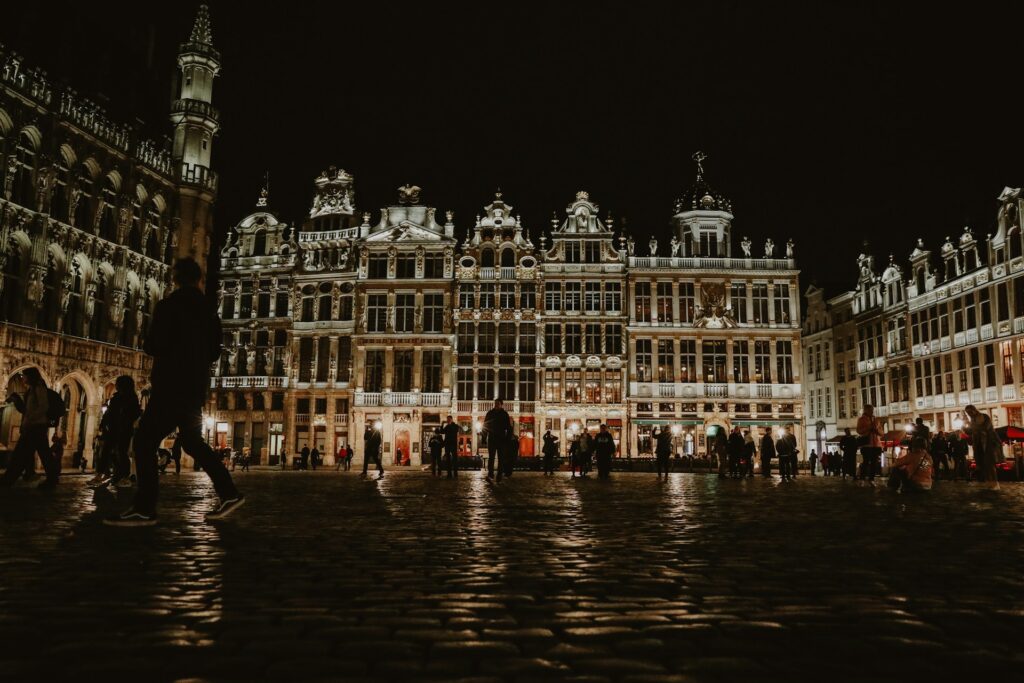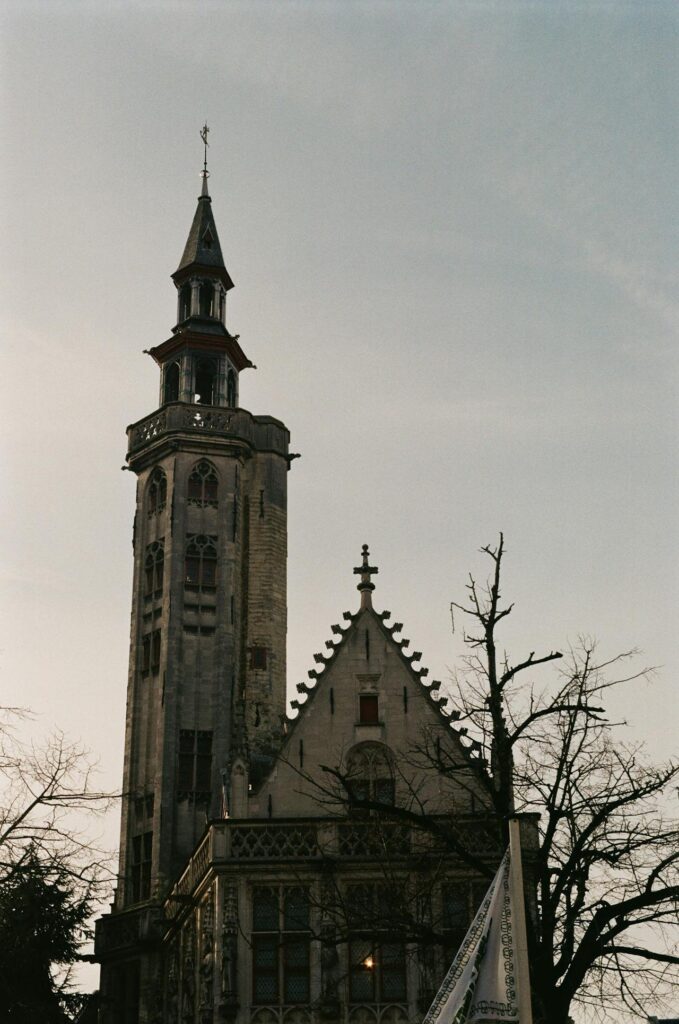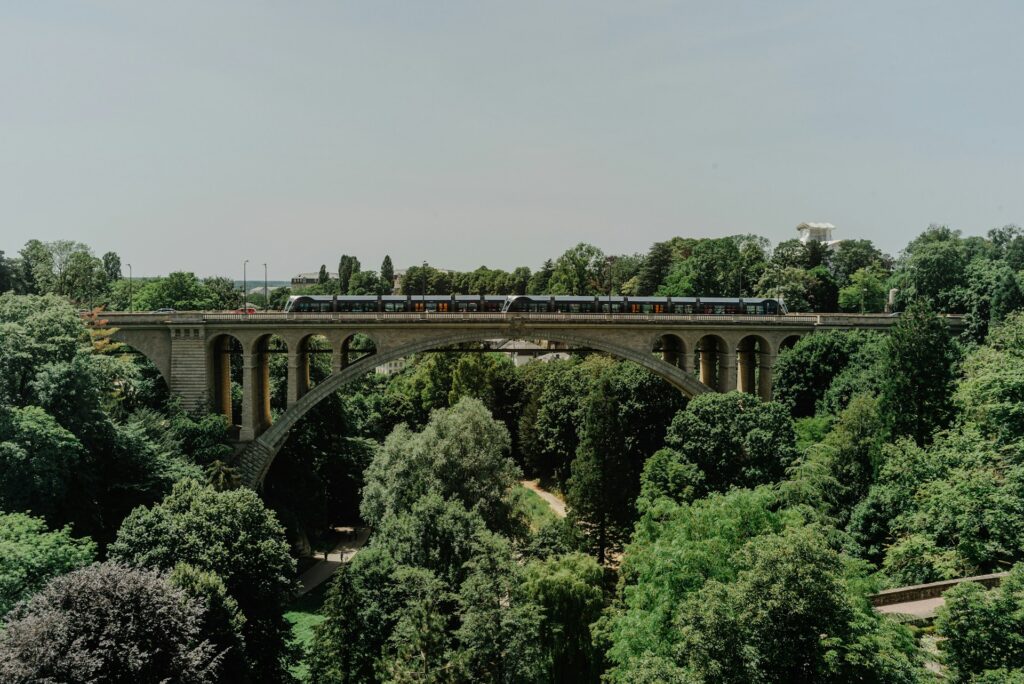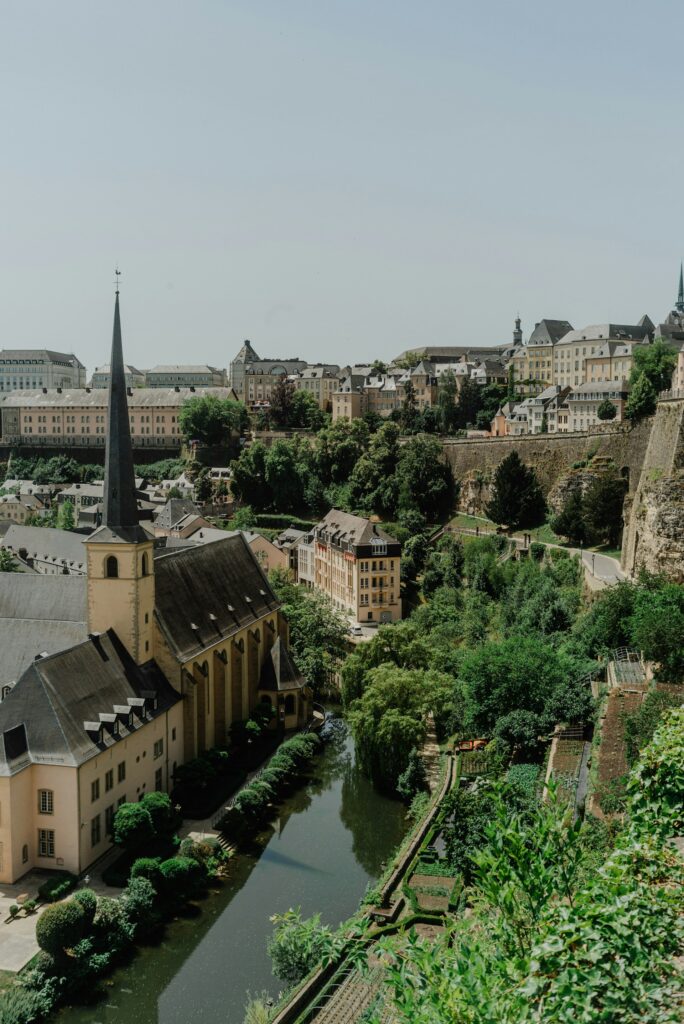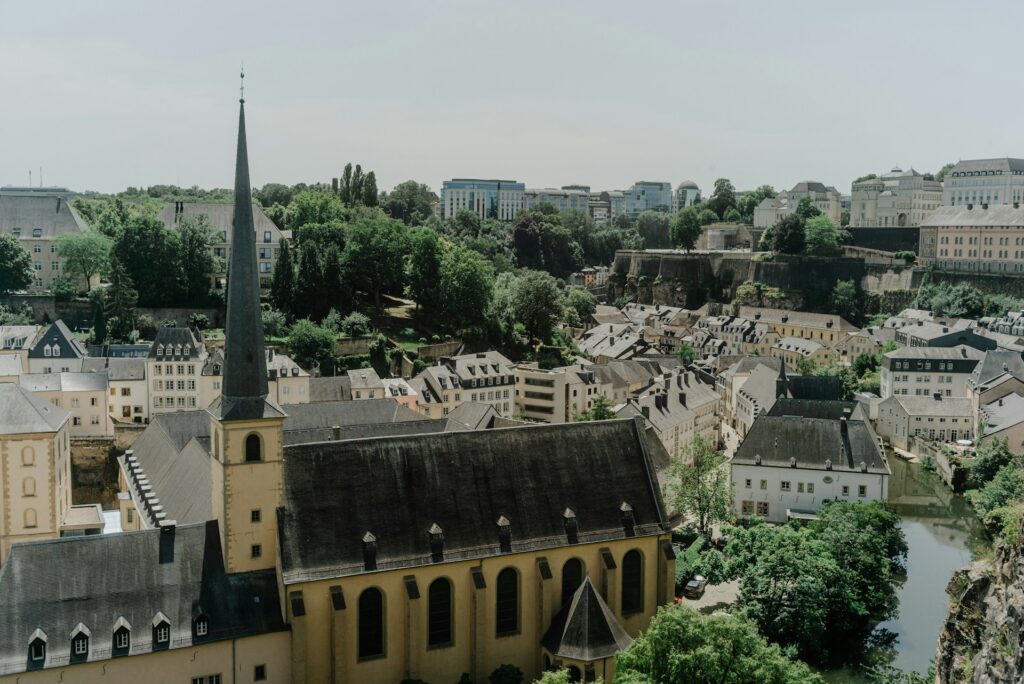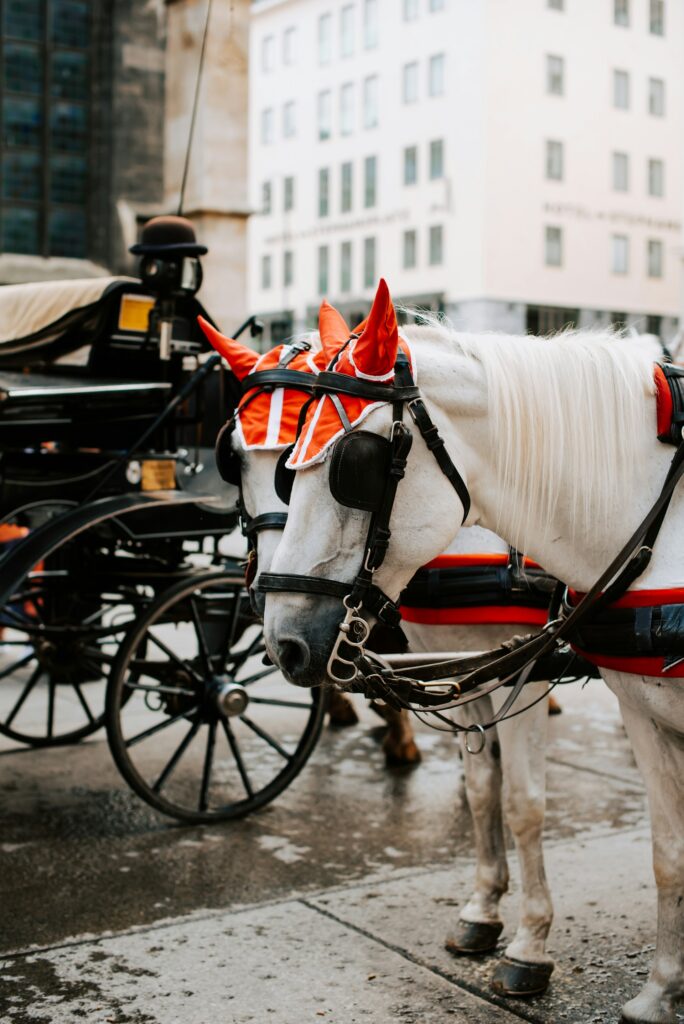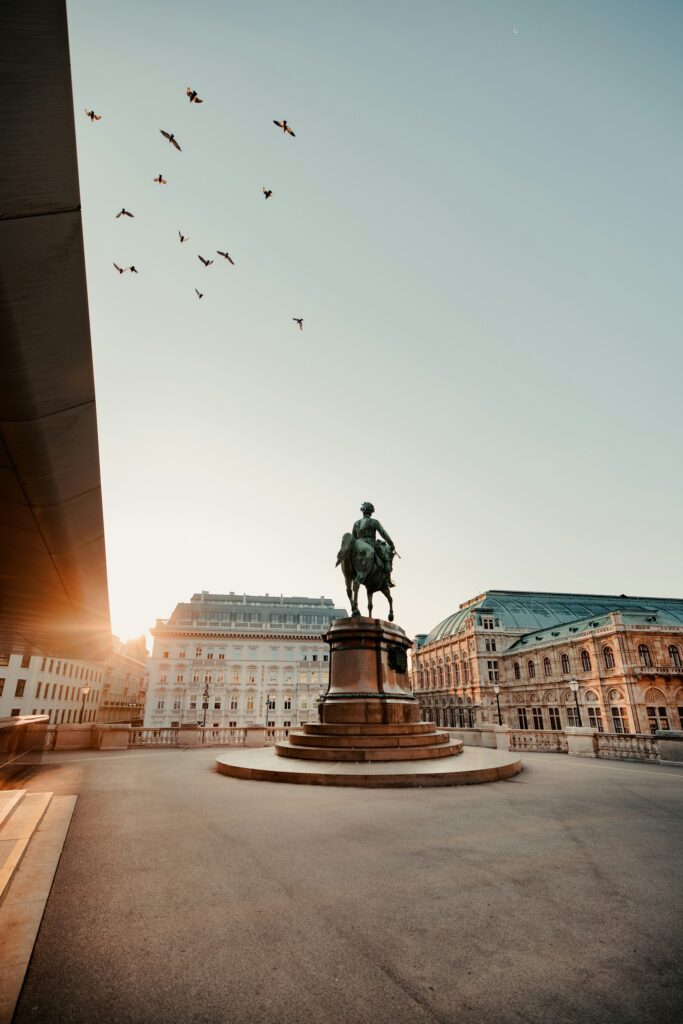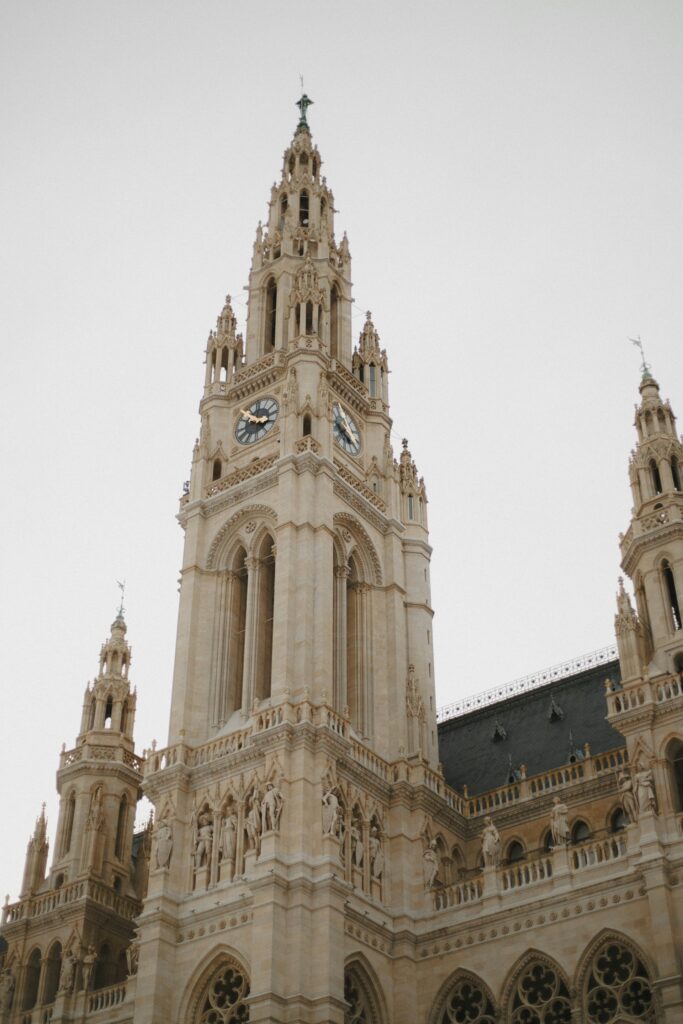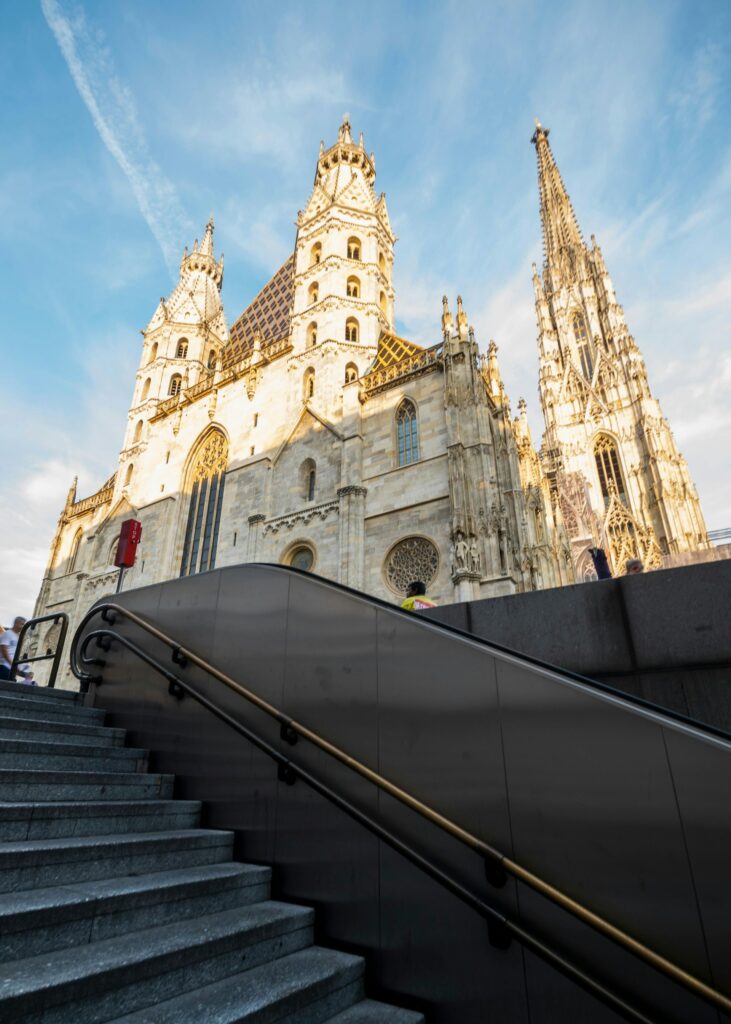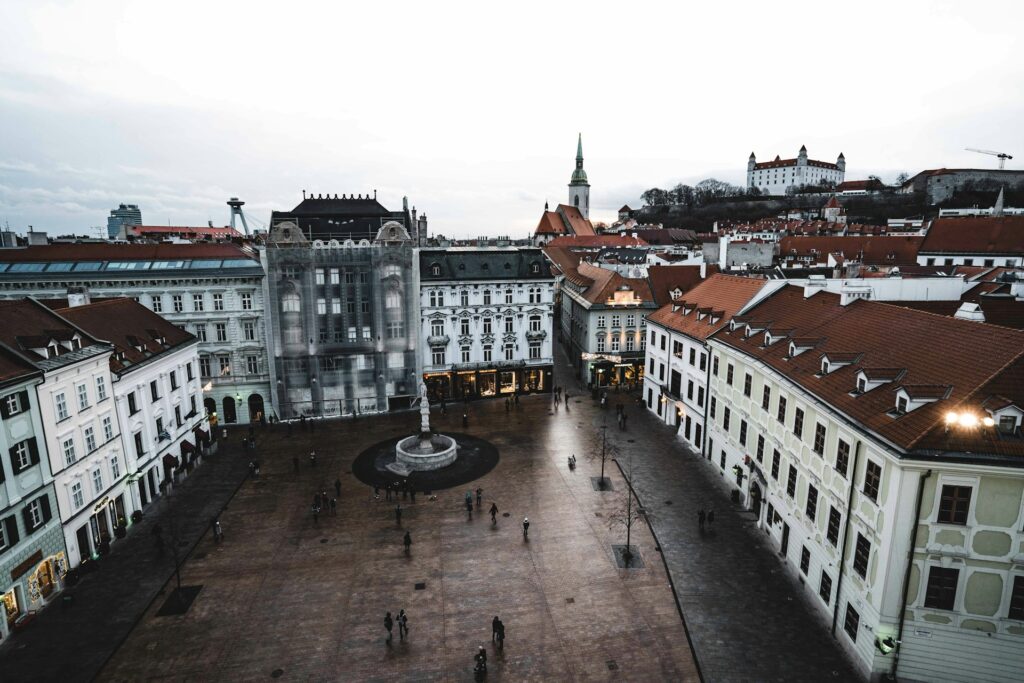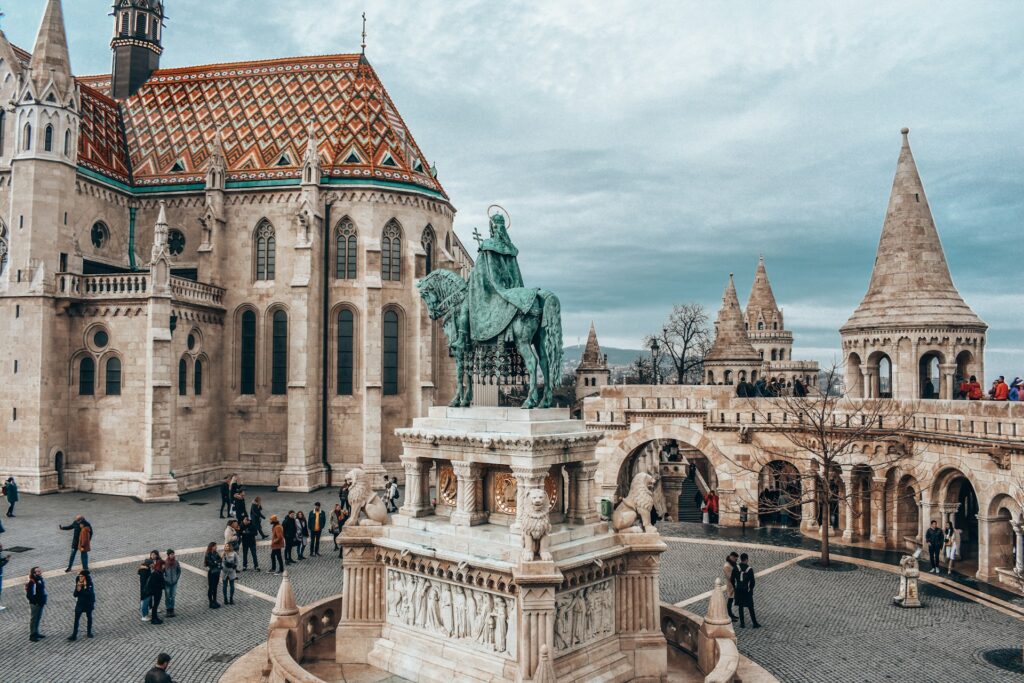Most Pacific island chains offer variations on the same theme: beaches, resorts, and the sort of cultural experiences that come with a gift shop attached. Vanuatu, on the other hand, is where you can post mail underwater, watch men hurl themselves off wooden towers with only vines for safety equipment, and visit a village that worships an American GI who may or may not have existed.
An 83-island archipelago that sits roughly where Australia’s east coast would be if you sailed 1,750 kilometres into the Pacific and decided to stay, and with fewer than 50,000 tourists annually, it remains refreshingly underdeveloped by South Pacific standards. Here’s our IDEAL guide to Vanatau.
Mount Yasur’s Mythical Resident
Mount Yasur on Tanna Island is one of the world’s most accessible active volcanoes, whilst Marum volcano on Ambrym Island requires challenging 2-3 day jungle treks for the truly adventurous. Mount Yasur offers easy access to its 400-metre diameter summit crater and continuous Strombolian eruptions.
The locals are ardent followers of a fascinating cult that worships John Frum, a mythical American WWII serviceman who is believed to reside inside Mount Yasur. This isn’t mere folklore. It’s a living theology that adds an otherworldly dimension to your crater-edge contemplations.
The initiated know to time their ascent for sunset, when the molten lava paints the sky in shades that would make Turner weep with envy.
Read: 7 once-in-a-lifetime road trips every adventure traveller should try
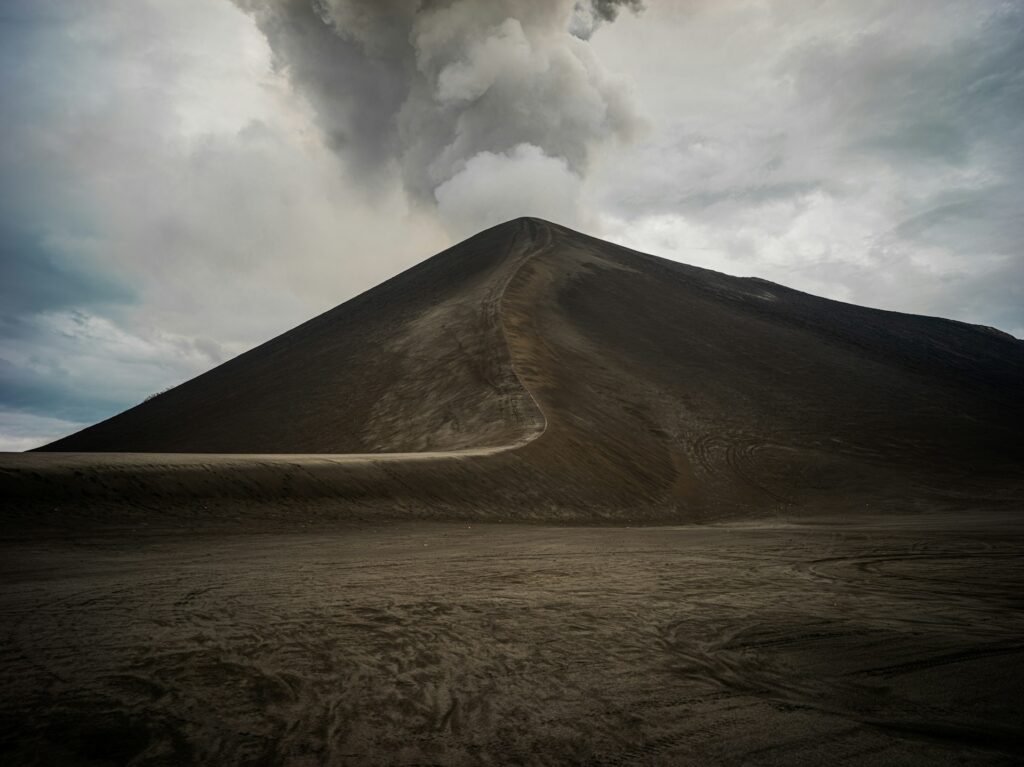
The Ancient Art Of Land Diving
Between April and June, when the first yams emerge from Vanuatu’s fertile soil, Pentecost Island becomes the stage for something that makes bungee jumping look rather pedestrian. Head to Pentecost Island on Saturdays between April and June to see the ancient ritual that inspired bungee jumping. N’gol land diving is a ritual performed by the men in the southern part of Pentecost Island. The men attach two long elastic vines to their ankles, climb to the top of towers ranging from 20 to 30 metres high, and jump. The vines, and the jumper’s shoulders, are supposed to brush the ground, displaying their virility to their potential mates.
This isn’t a performance for tourists. It’s a sacred ceremony where young men prove their courage to the gods and their communities. Watching it feels like witnessing something both ancient and eternal.
Million Dollar Point
At the end of WWII, the US army dumped millions of dollars’ worth of military equipment into Vanuatu’s seas simply out of spite, so the French and British couldn’t have them. What military pettiness created, nature has transformed into one of the world’s most extraordinary dive sites. Million Dollar Point offers something that manufactured underwater attractions simply cannot: the weight of history resting on the ocean floor, where coral has claimed jeeps and fish have made homes in military helmets.

Malekula’s Sacred Ground
The ancient Amelbati cannibal site is nestled in the thick jungles uphill from Walarano Village on Malekula Island. This sacred ground is where the Amelbati tribe carried out former cannibal ceremonies and buried their chiefs. The trek through lush greenery takes thirty minutes, but the silence when you arrive is what lingers; a place where Vanuatu’s pre-colonial past feels tangible, and where modern sensibilities must reckon with ancient truths.
Champagne Beach
Espiritu Santo’ Champagne Beach offers azure-coloured water, and a relaxing atmosphere. The crescent-shaped beach dazzles with powder-soft sands beneath a canopy of Tamanu trees. The cognoscenti arrive by chartered seaplane, not for the ostentation, but for the aerial perspective of those impossibly turquoise waters.
The true magic happens three metres underwater at Hideaway Island Marine Reserve, which houses one of the world’s pioneering underwater post offices. You can post a waterproof postcard to yourself, which is exactly as silly as it sounds.
In Search Of The Perfect Blue Hole
One of the coolest things to do in Vanuatu is to explore the many brilliant blue holes the archipelago has to offer. Nanda Blue Hole isn’t just another swimming spot. It’s a natural temple where filtered sunlight creates cathedral-like shafts through impossibly clear water. Under the shady canopy of ancient rainforest trees, these naturally occurring freshwater swimming holes are like nothing you’ve ever seen.
Read: 6 of the best places in the world for a scuba diving holiday

The Ritual Of Kava
A drink renowned throughout the South Pacific, Kava is made from the powdered root of a pepper tree, it has an earthy flavour and calming effect. But Vanuatu does kava a little differently, you don’t have to be part of a special ceremony to try it. They have kava available in many local bars called nakamals, just look for the red or green lights at the entrance which indicate there’s kava inside.
The uninitiated order it like a cocktail; the wise understand it as a cultural bridge. One shell connects you to traditions that predate written history.
Port Vila Beyond The Obvious
In Port Vila, the capital of Vanuatu, enjoy a deep dive into local culture at Ekasup Village where you might even meet the Chief. Rubbing shoulders with the friendly locals at Port Vila markets is fun and fascinating – grab some fresh fruit and try a hot lunch, it’s the best bargain on the island.
But the real discovery is Alternative Communities Trade in Vanuatu (ACTIV), a grass-roots association made up of small producers, women’s groups and cooperatives that aim to share the wonderful traditions of Vanuatu. Visit their centre at Second Lagoon in Port Vila, where you can browse local products at the Handicraft Centre, take a tasty tour of the AELAN chocolate factory or visit the beekeeping corner.
Mele Cascades
Mele Cascades is a stunning natural waterfall just 15 minutes from Port Vila on Efate. Local owners manage the site’s aqua pools and waterfalls. Visitors to this tropical paradise should be relatively fit and dress accordingly to explore the falls and the surrounding jungle. Reaching the top of the falls takes 20 minutes, and rope swings are available for daredevils.
The rope swing isn’t obligatory, but the photos from it are rather excellent for those who collect such things.

Becoming A Citizen Of Paradise
For those who find themselves rather taken with Vanuatu’s particular brand of Pacific sophistication, there exists a rather direct path to calling this paradise home permanently. Vanuatu’s Citizenship by Investment program offers the fastest route to a second passport. The minimum investment is $130,000 for a single applicant, with processing times as quick as 60 days.
The programme is refreshingly straightforward: no language exams or interviews are required, and investors are allowed to keep other passports after acquiring Vanuatu citizenship. There are no residency requirements, and the process can be completed entirely remotely. Vanuatu allows dual citizenship, meaning you can maintain your original nationality while becoming a Vanuatu citizen. The passport provides visa-free access to approximately 90-100 countries, including the UK, Singapore, and Hong Kong. However, it’s worth noting that the EU permanently revoked Schengen Area visa-free access in December 2024.
Beyond mobility, the financial advantages are considerable: no income tax, capital gains tax, or inheritance tax. No taxes on worldwide profits, wealth, or donations, making it ideal for entrepreneurs, investors, and crypto holders seeking tax efficiency.
Lyle Julien, Investment Programs Expert at Immigrant Invest explains that the investor can include their spouse, children under 25, and parents over 50 in the citizenship application, making it an attractive option for families seeking a sophisticated Pacific escape route.
The application process is relatively fast compared to other citizenship by investment programs, taking as little as 2 to 4 months from the submission of the application to the granting of citizenship. For those with the means and the inclination, it represents perhaps the most elegant path to true global citizenship, with a rather spectacular tropical headquarters to boot.
After all, there are second passports, and then there are second passports that come with their own active volcanoes and underwater post offices. Vanuatu rather specialises in the latter.
If you’re heading to Australia next, then check out our road trip from Melbourne to Sydney next. You know what? We think we might tag along…

